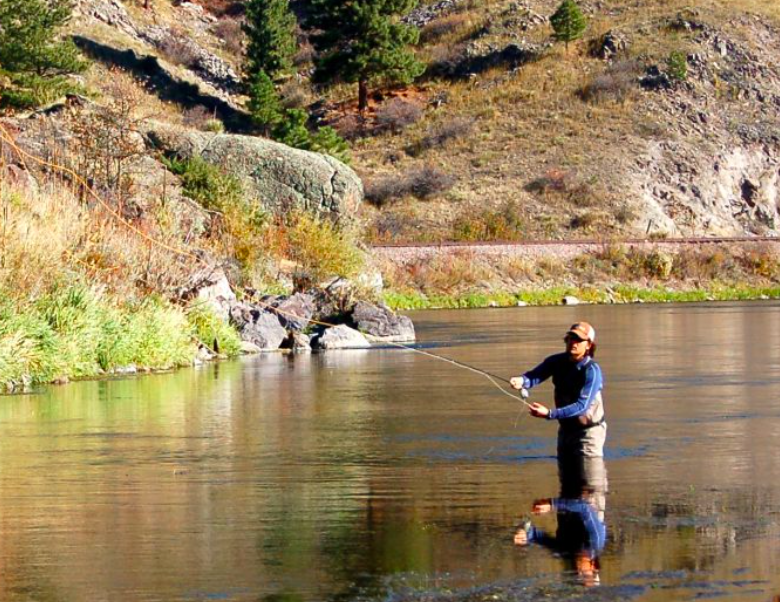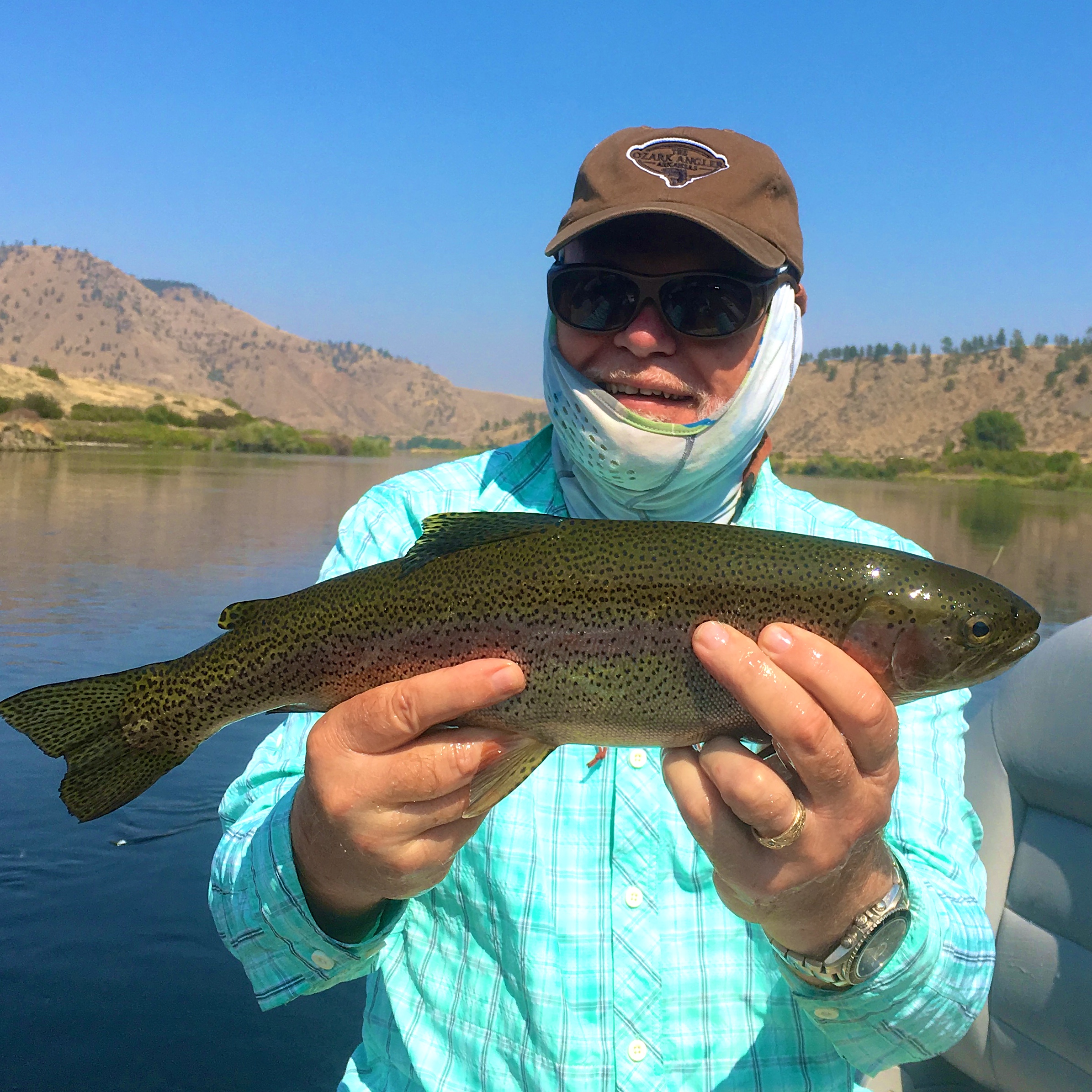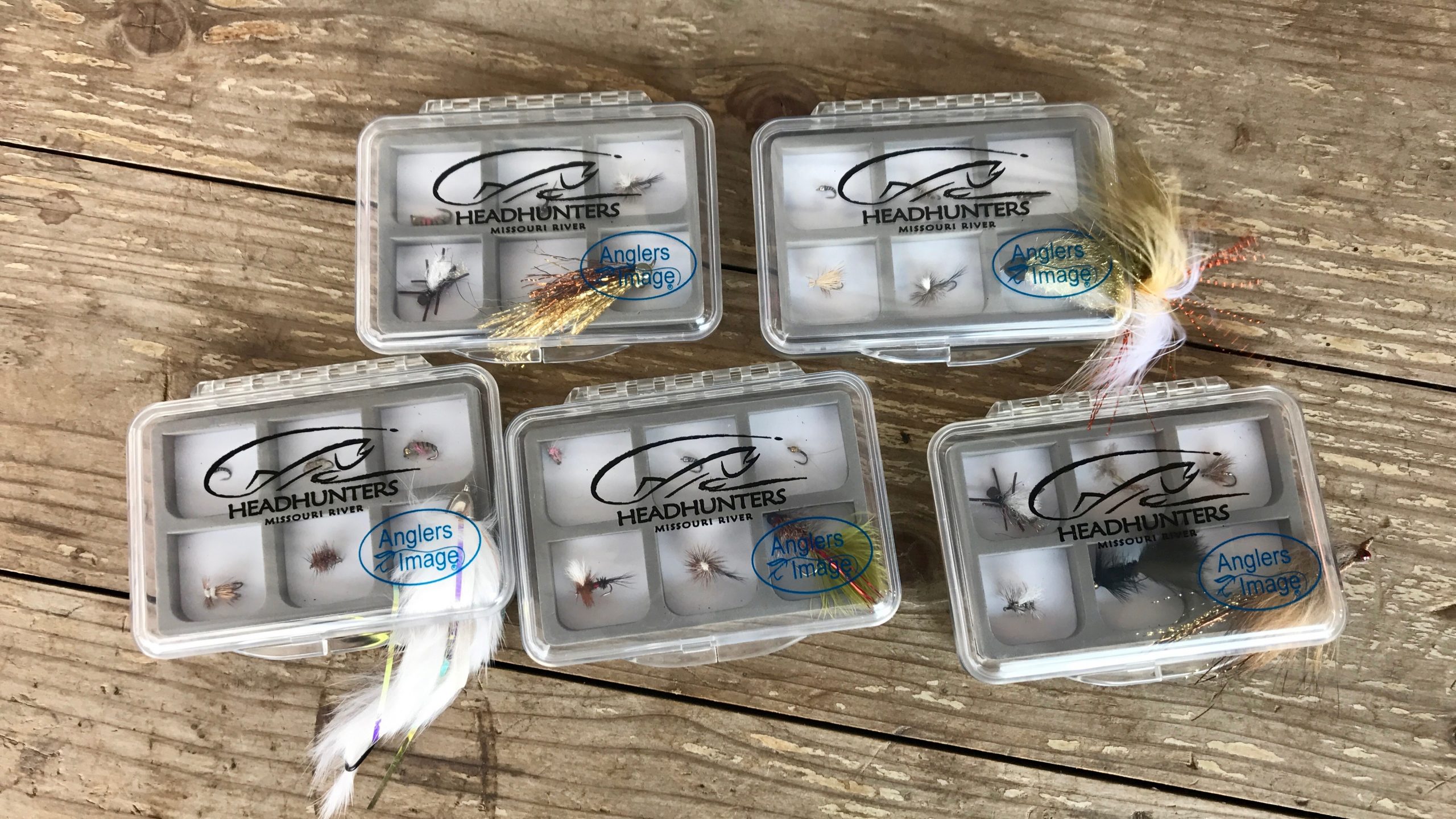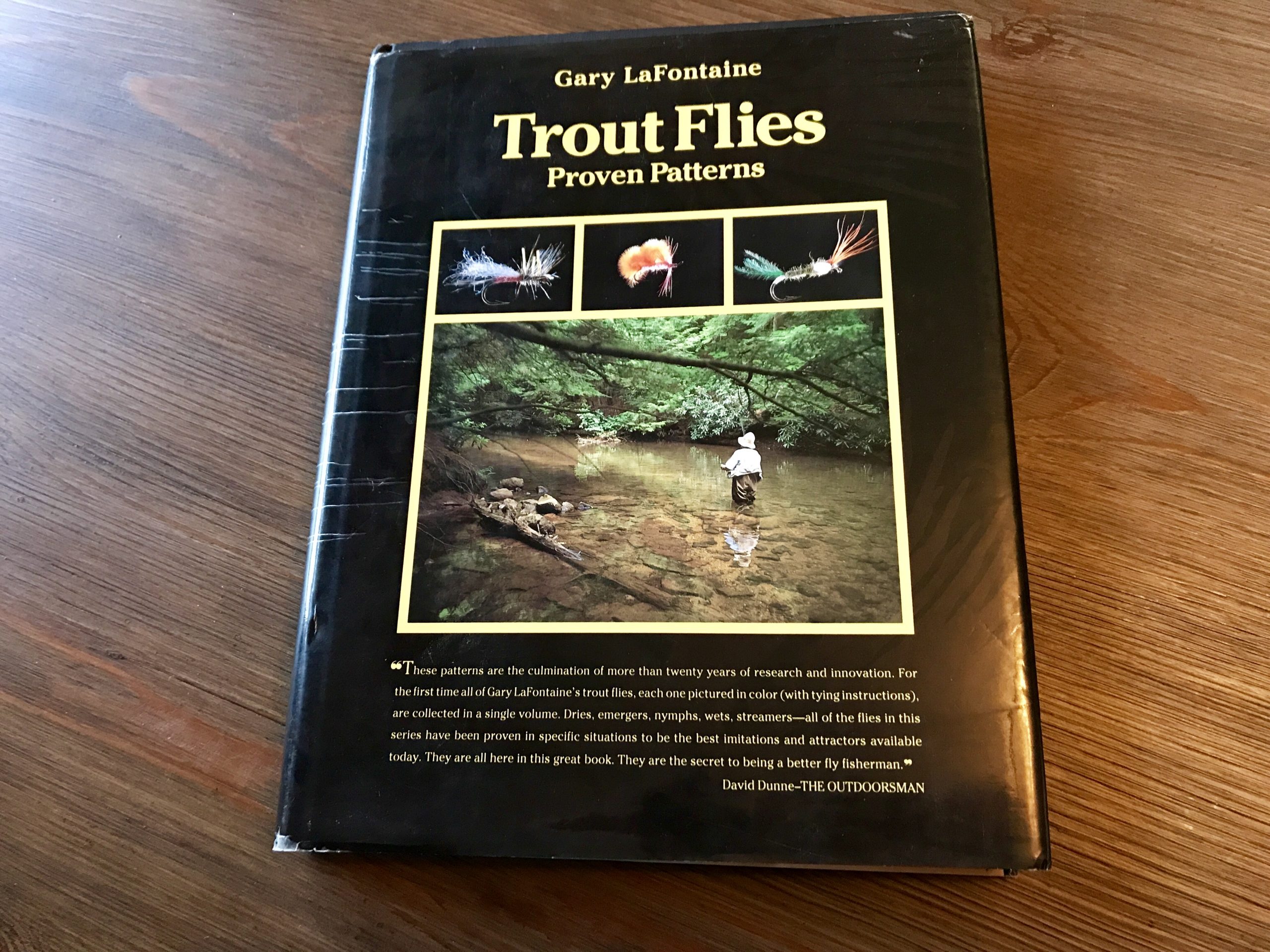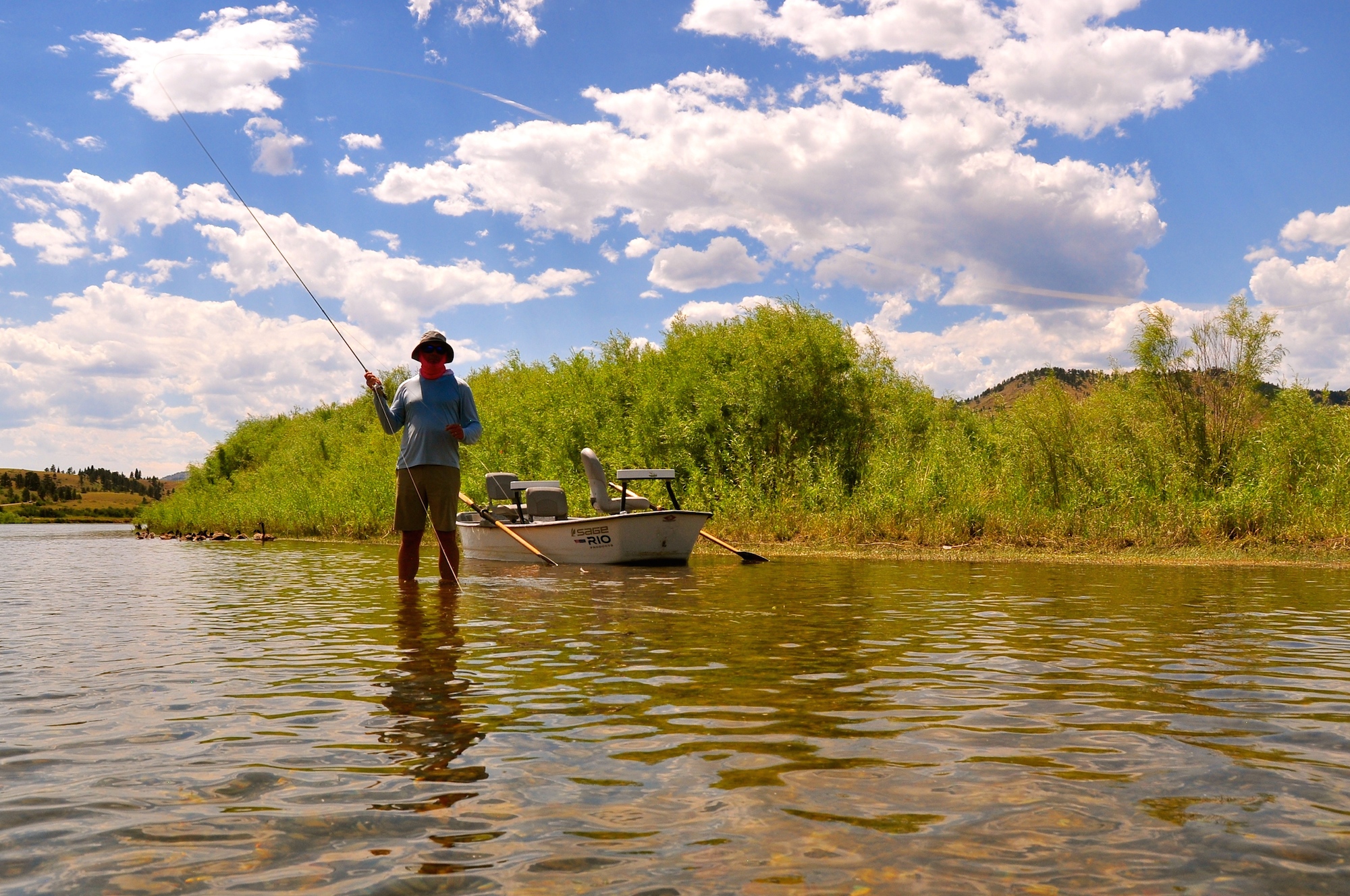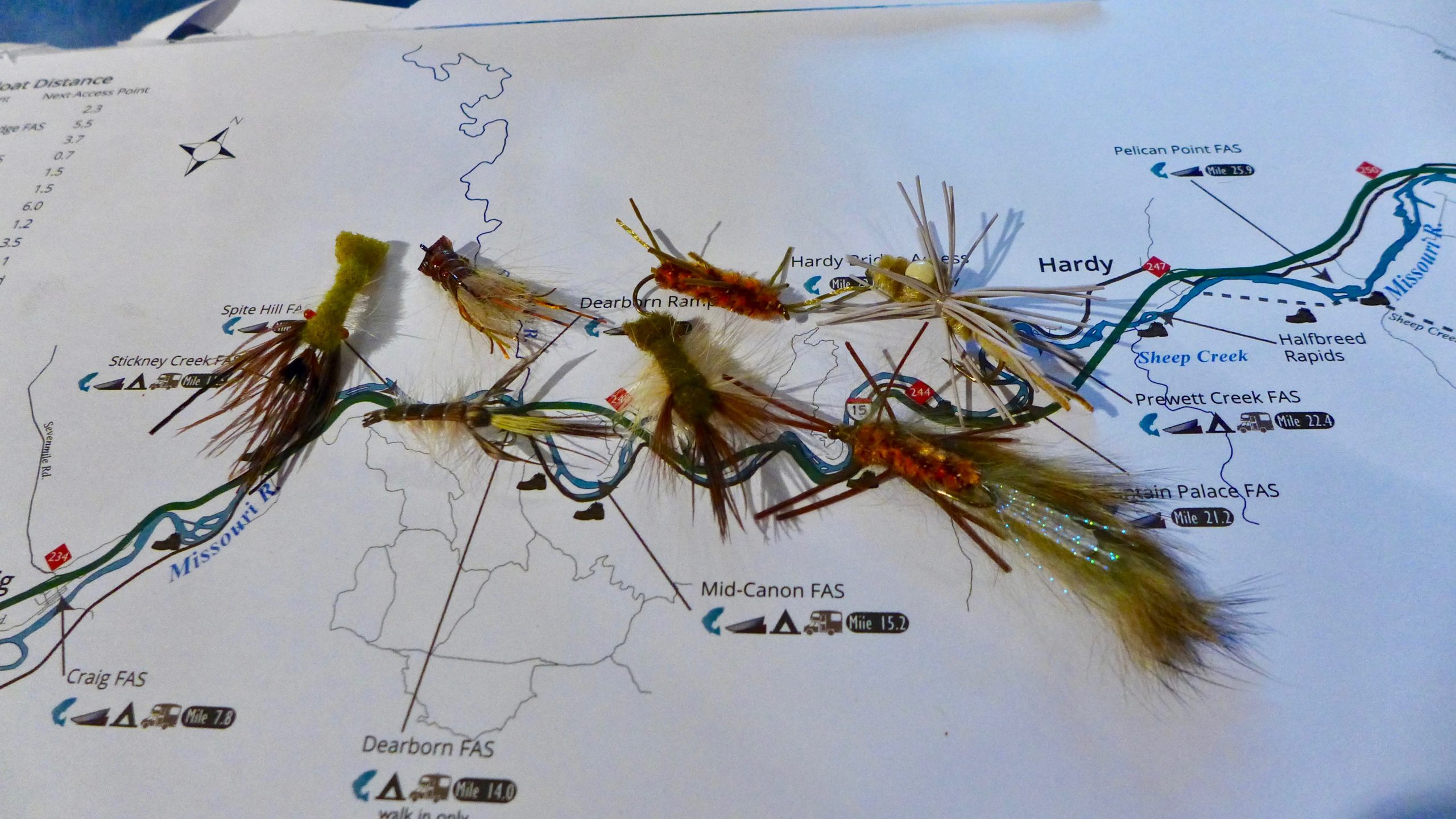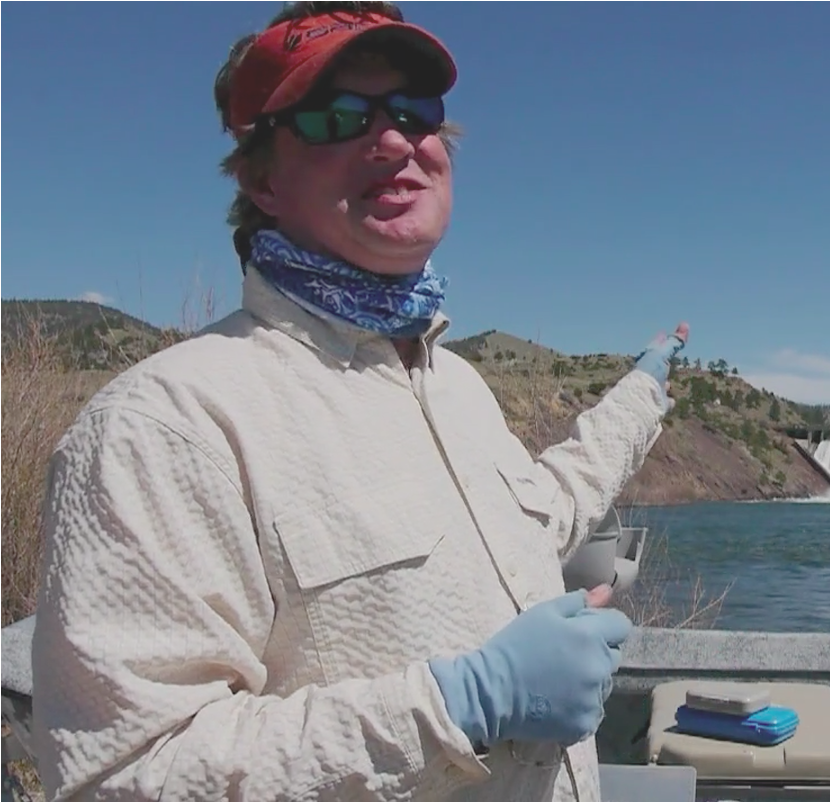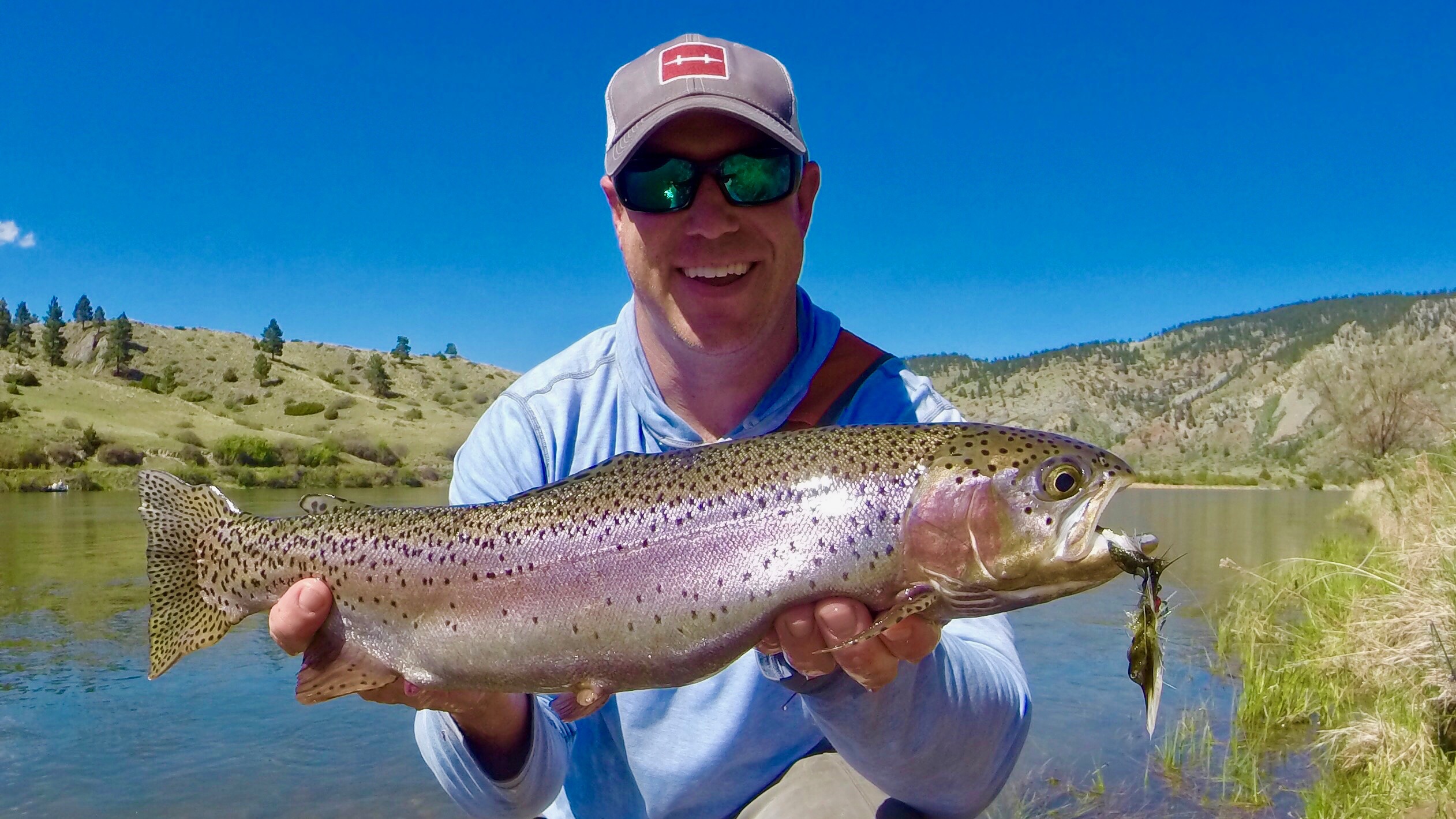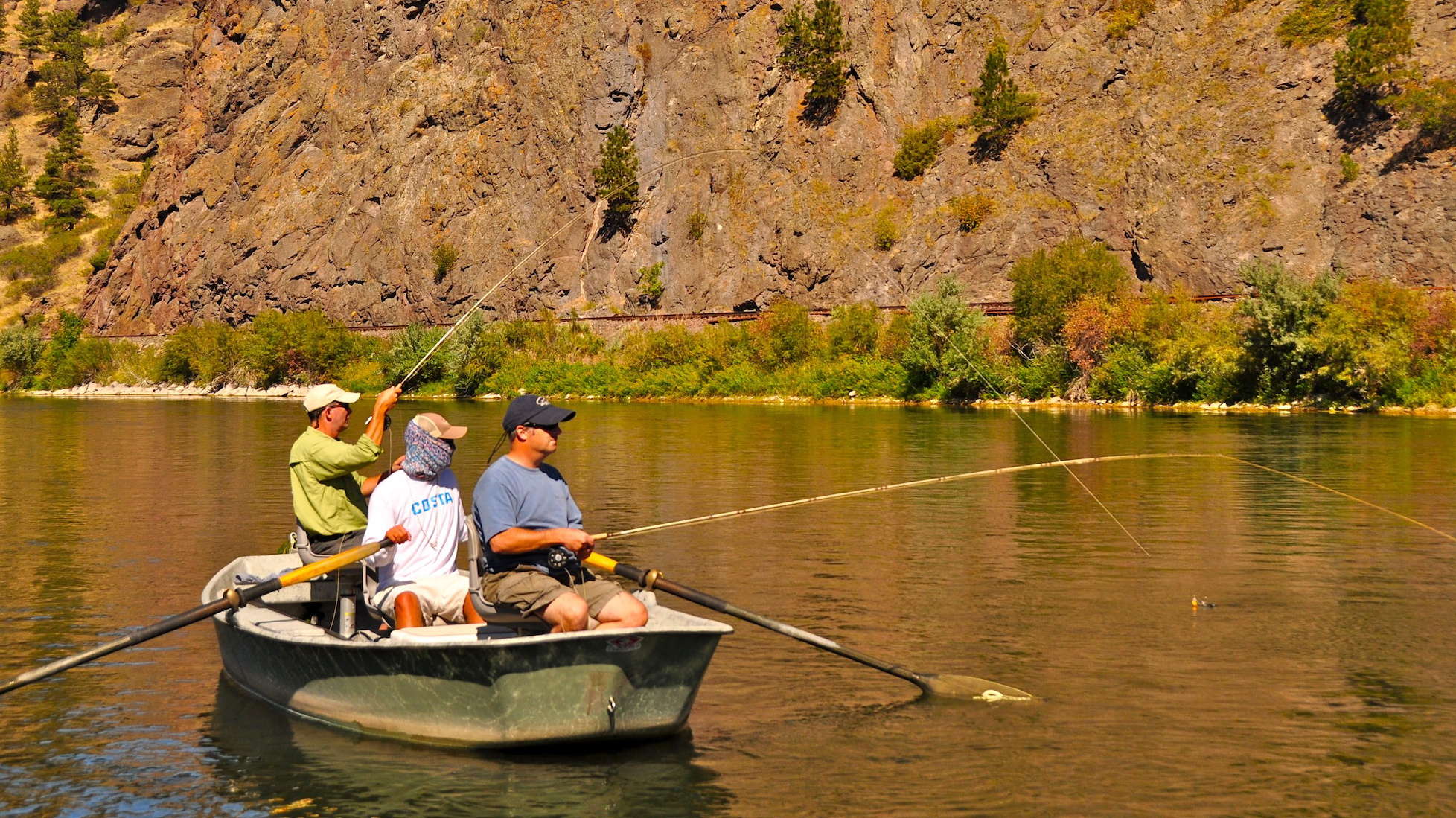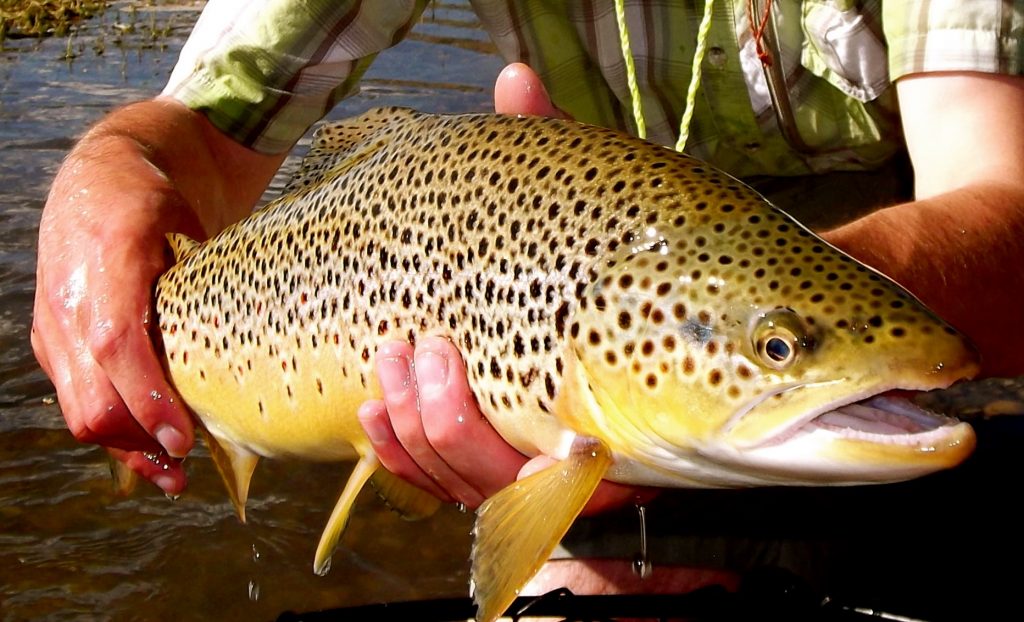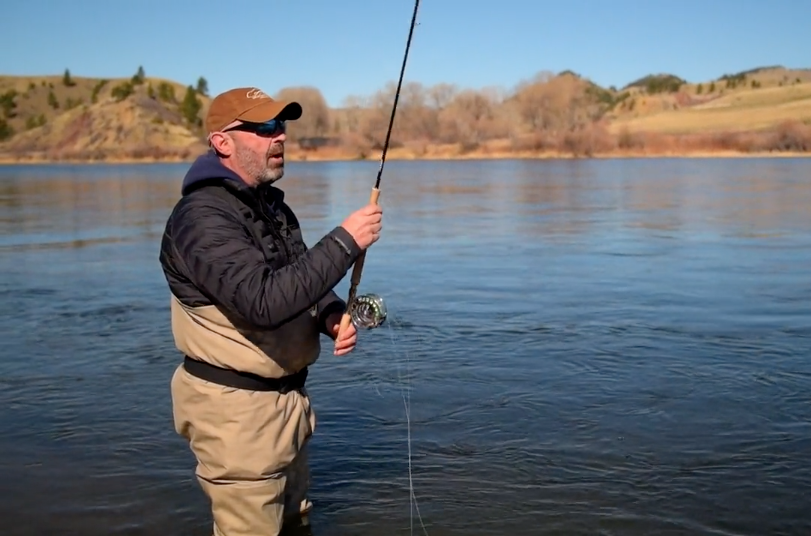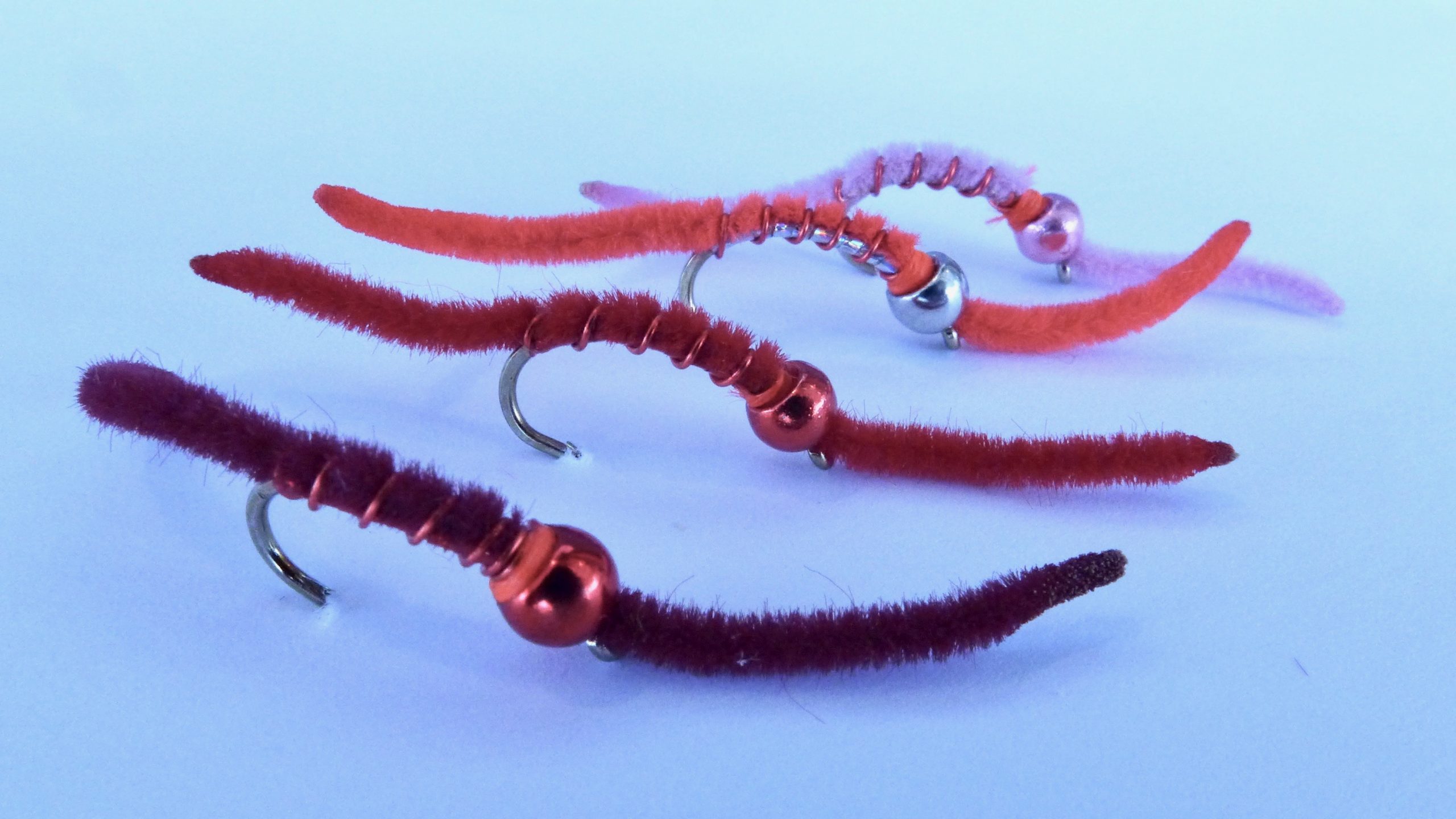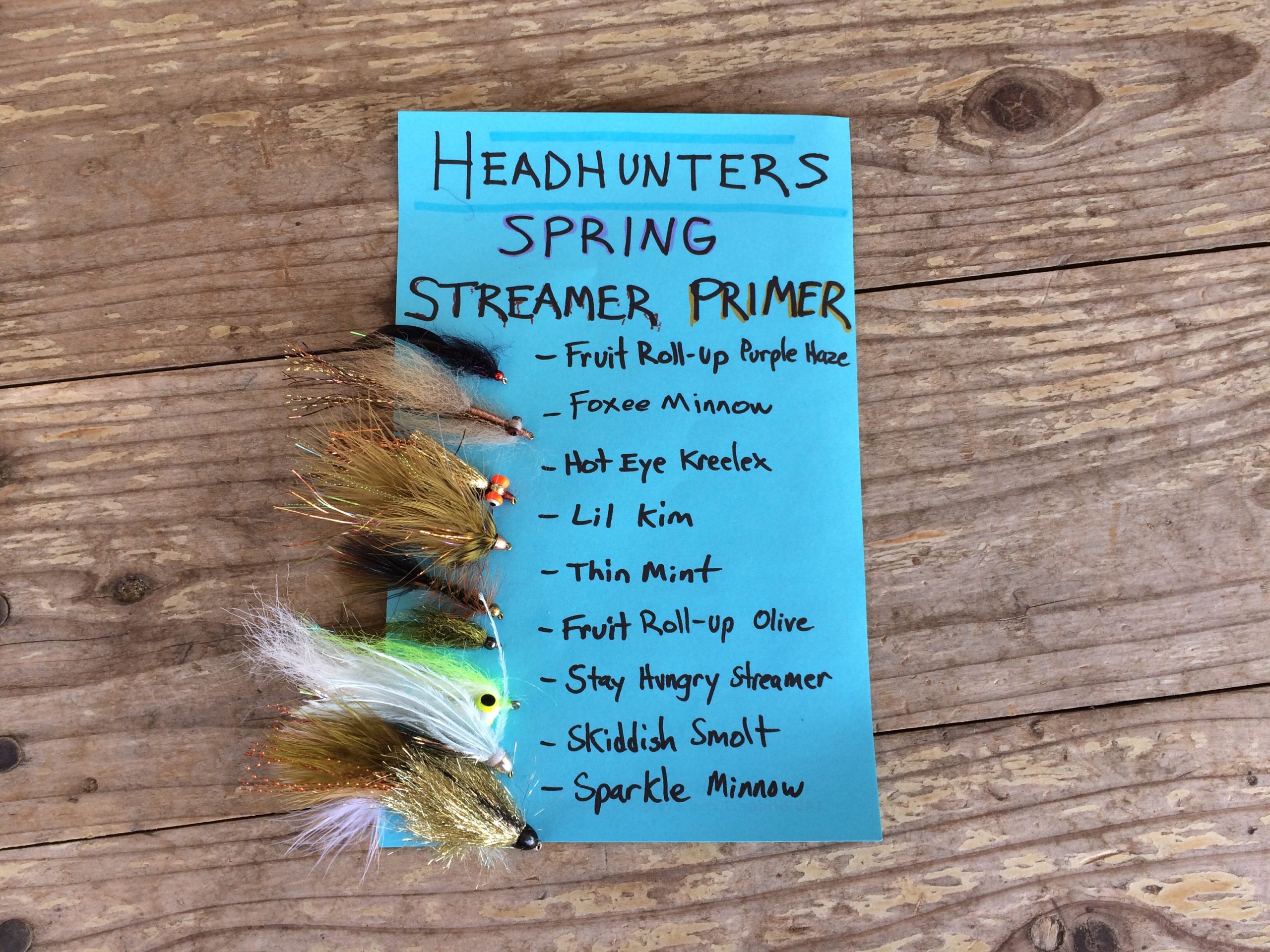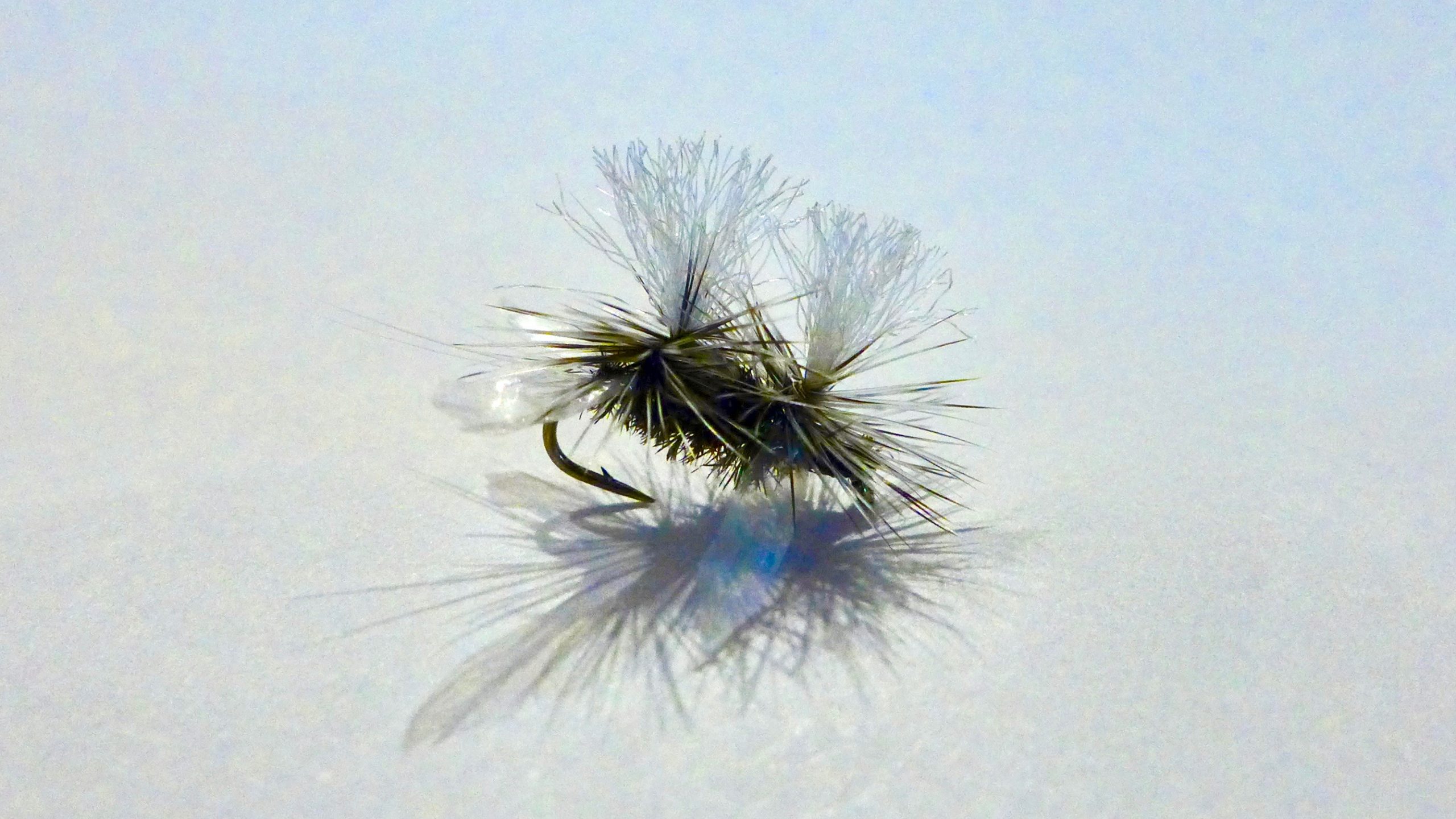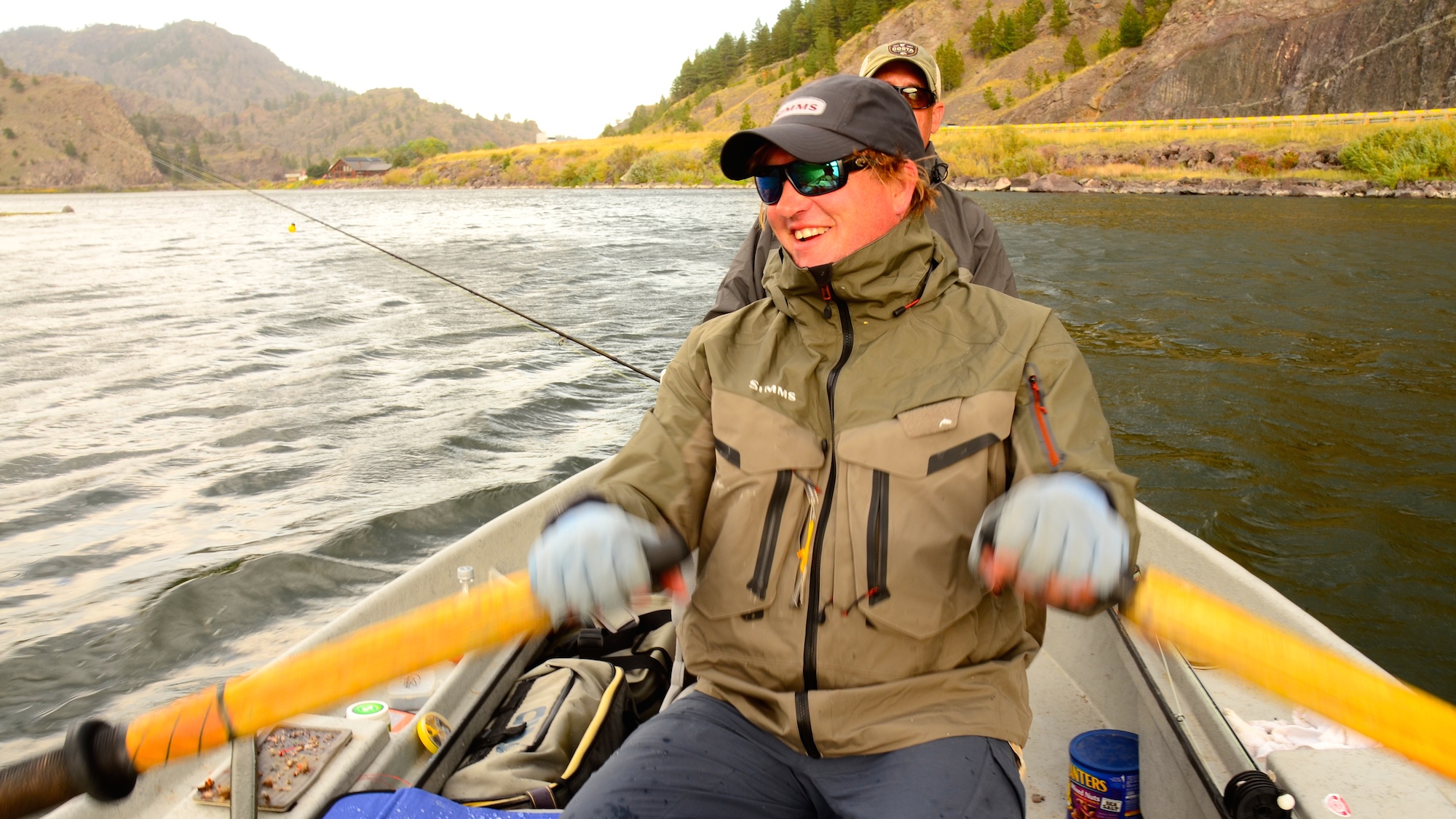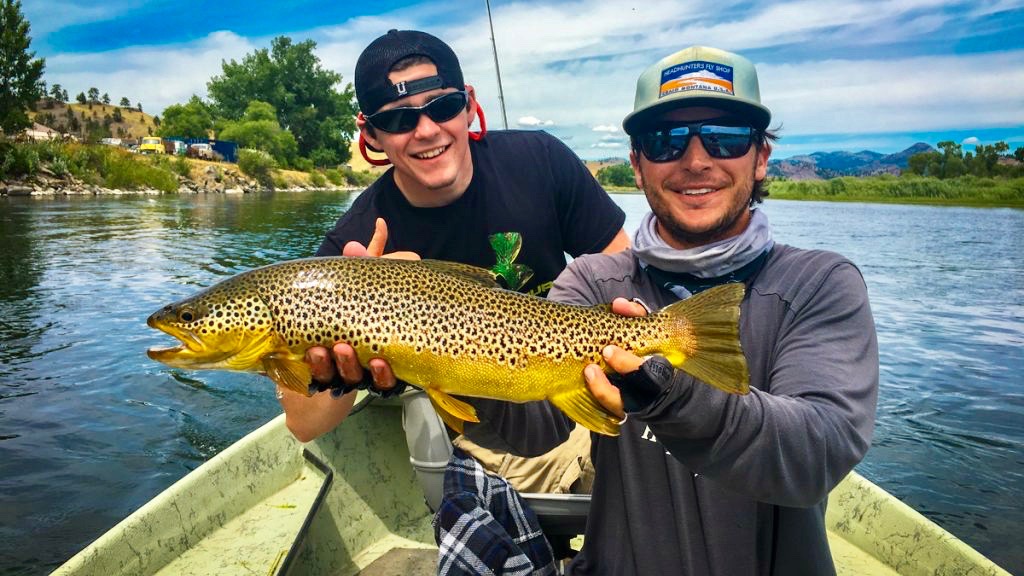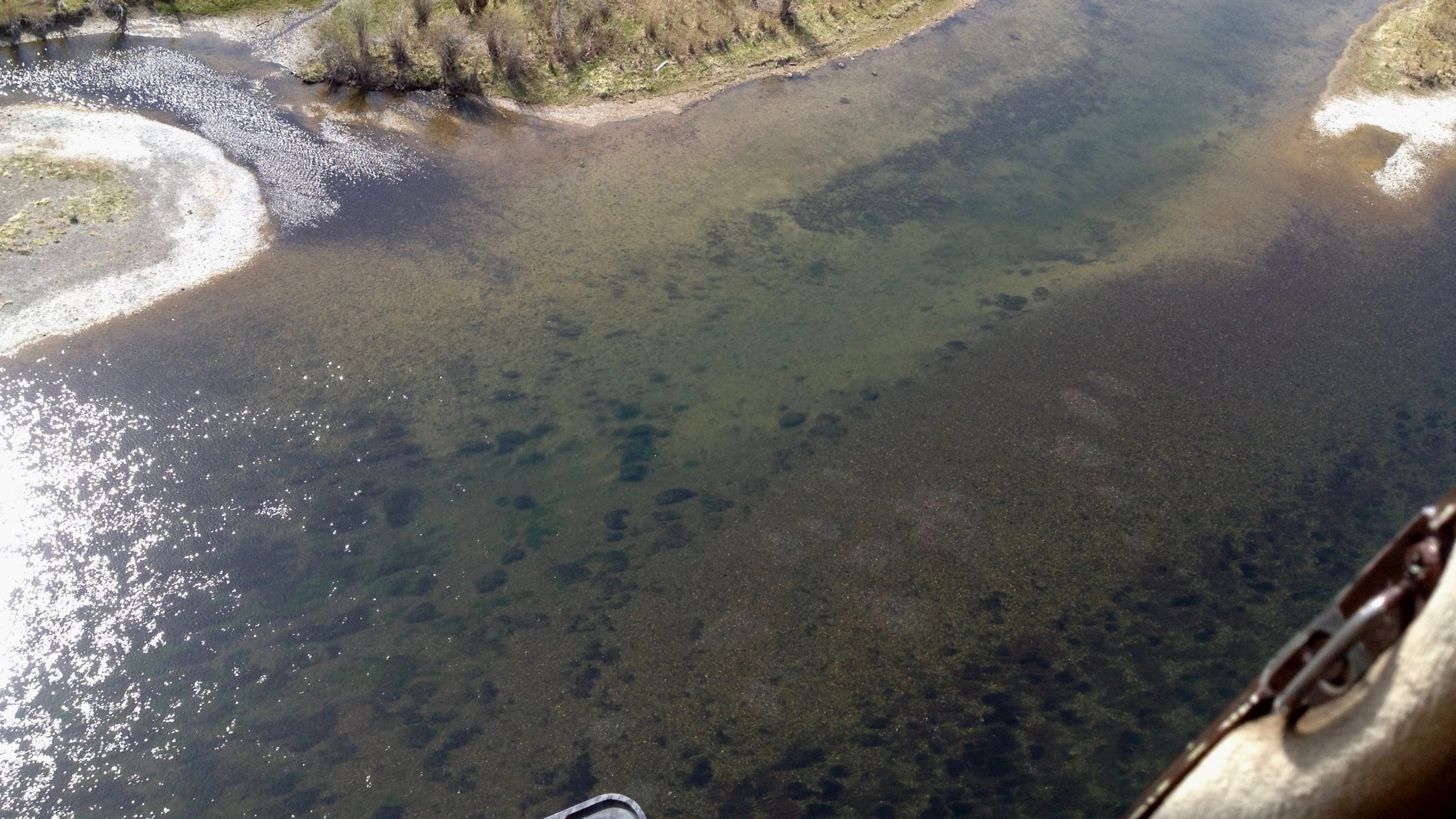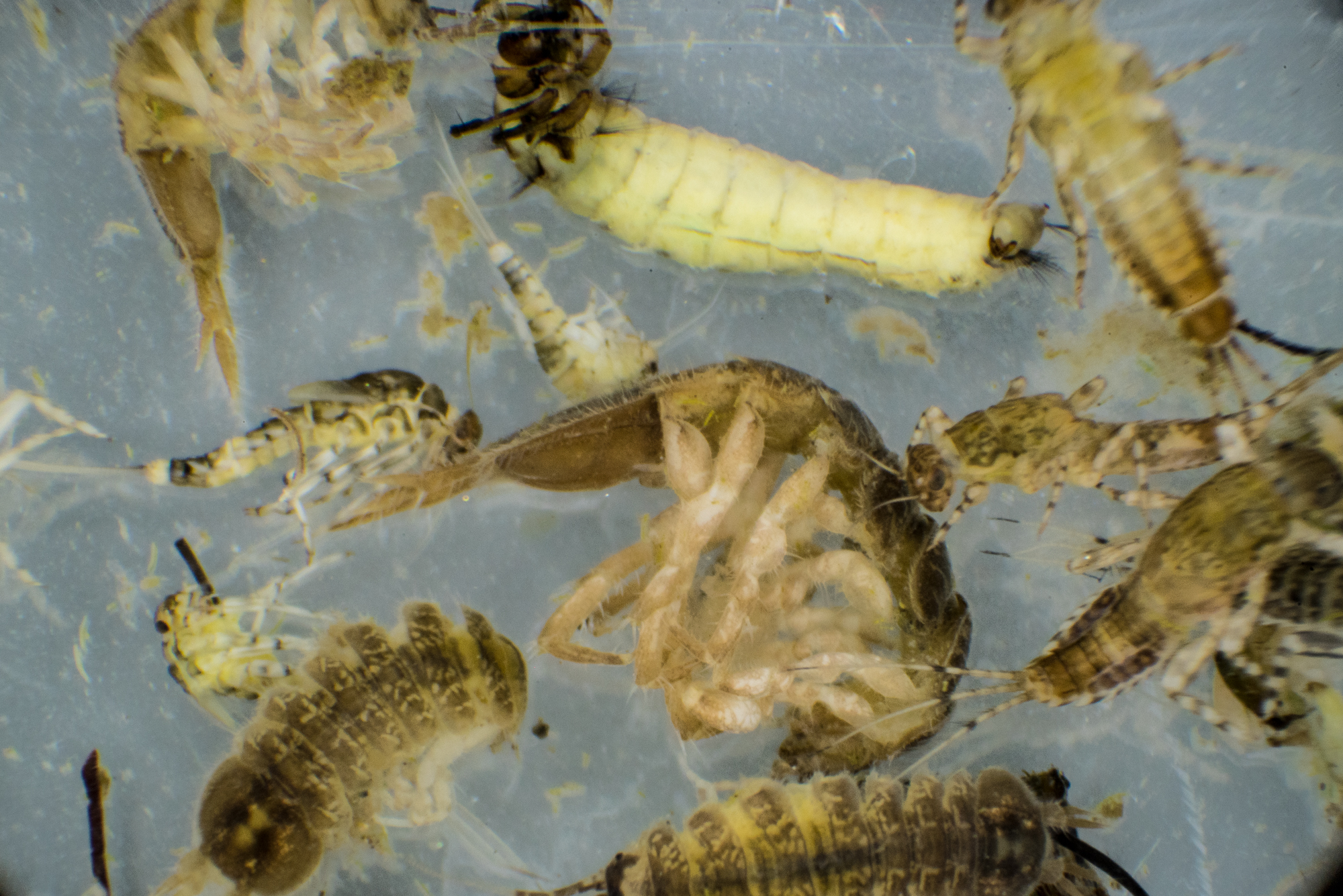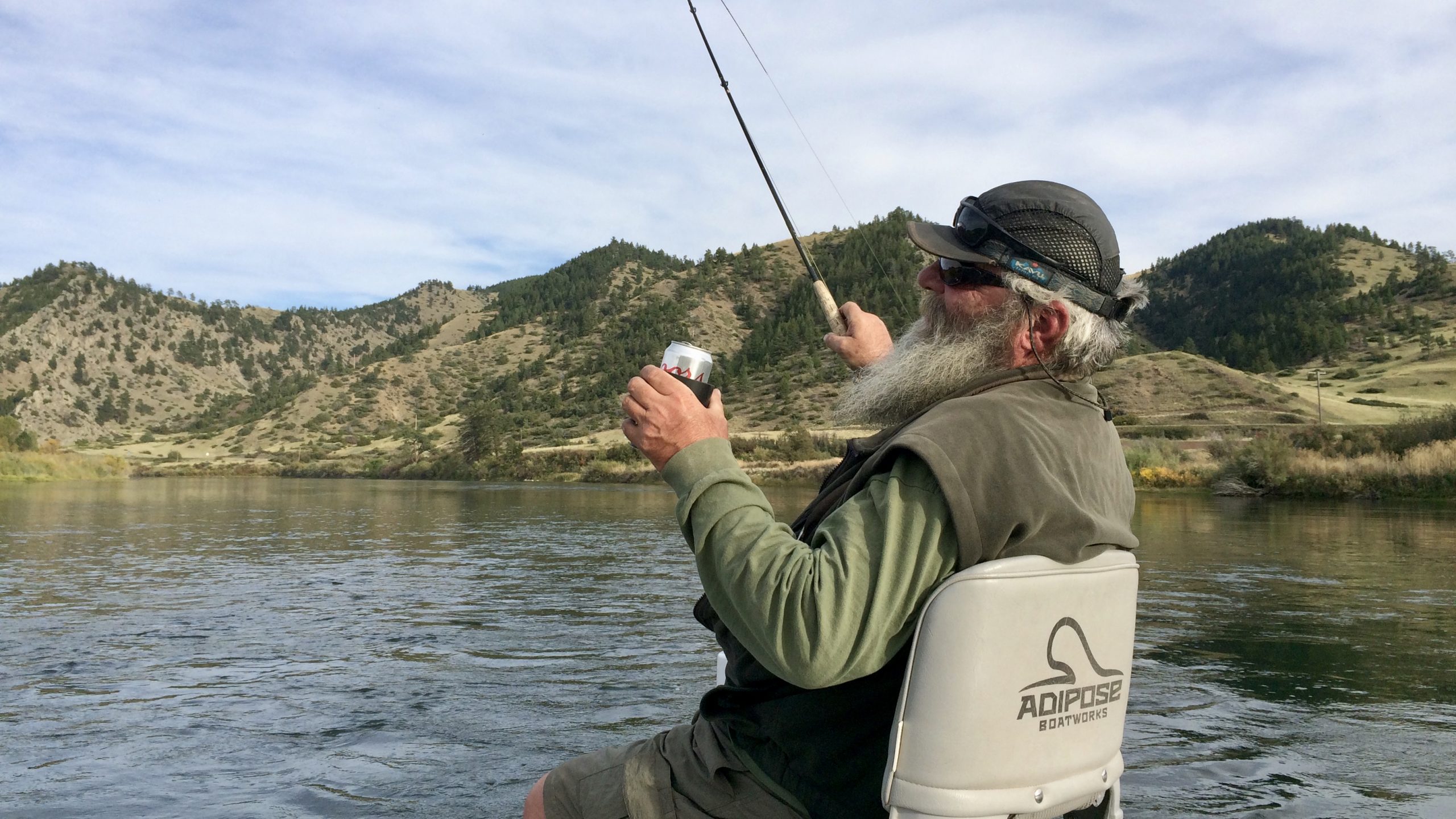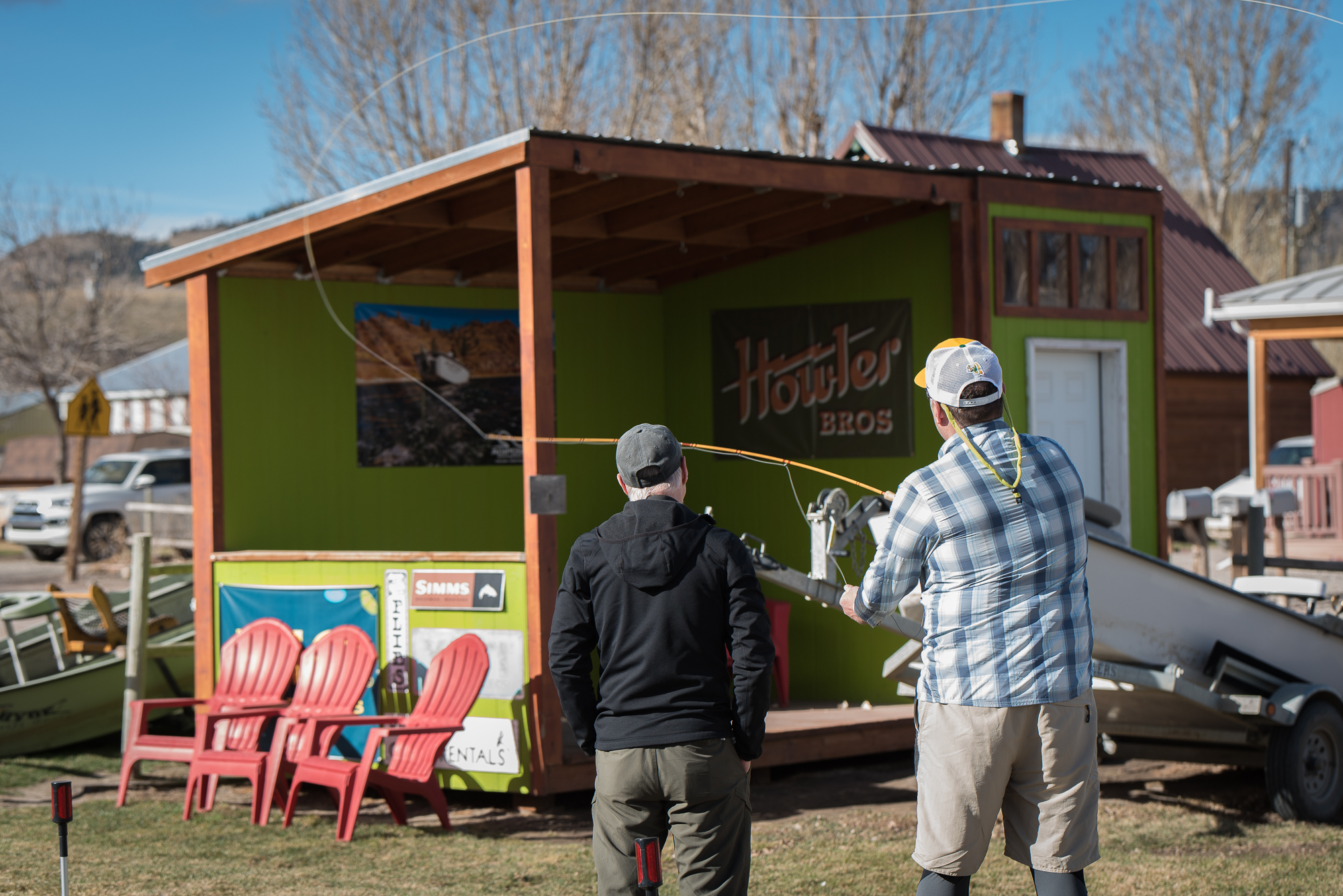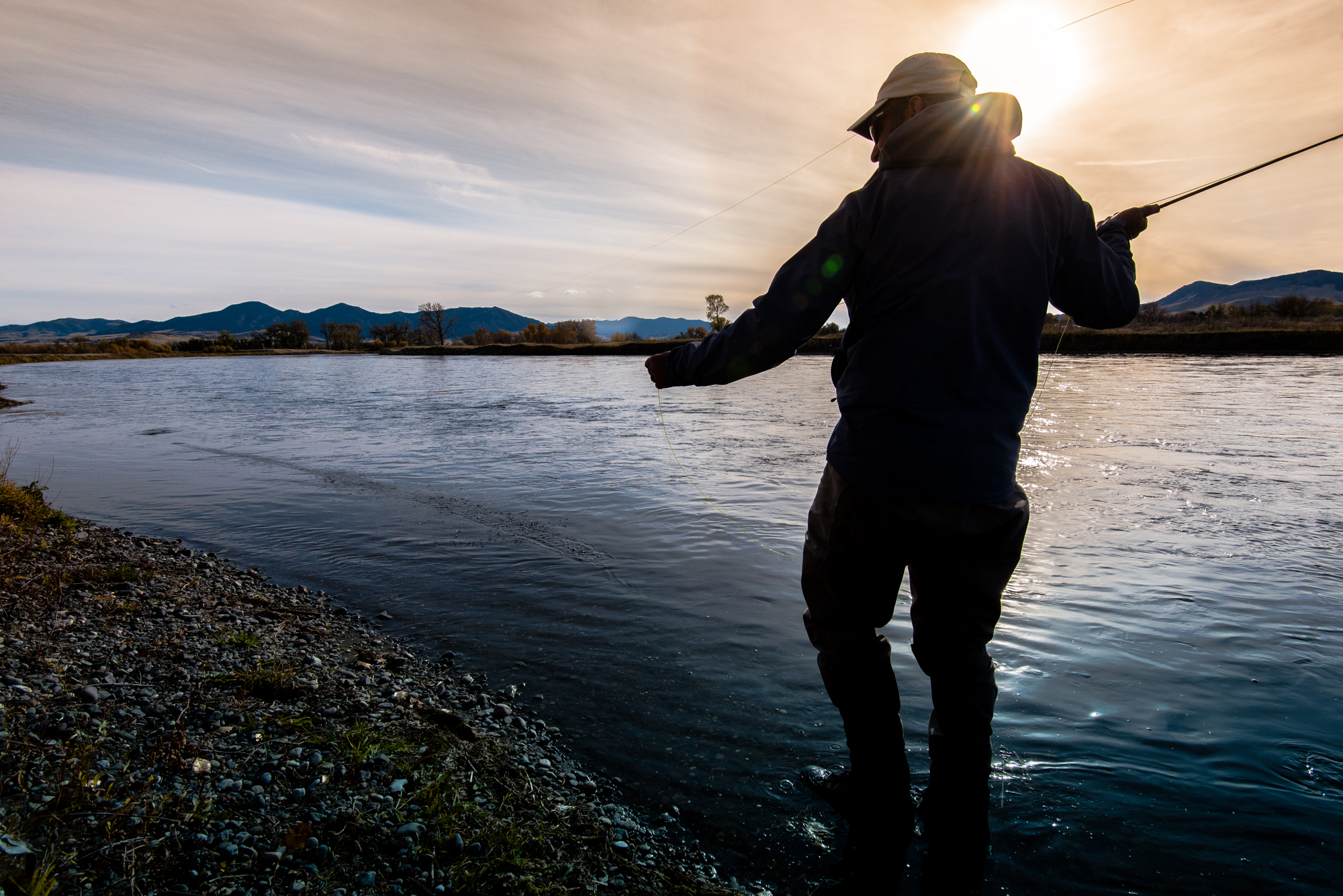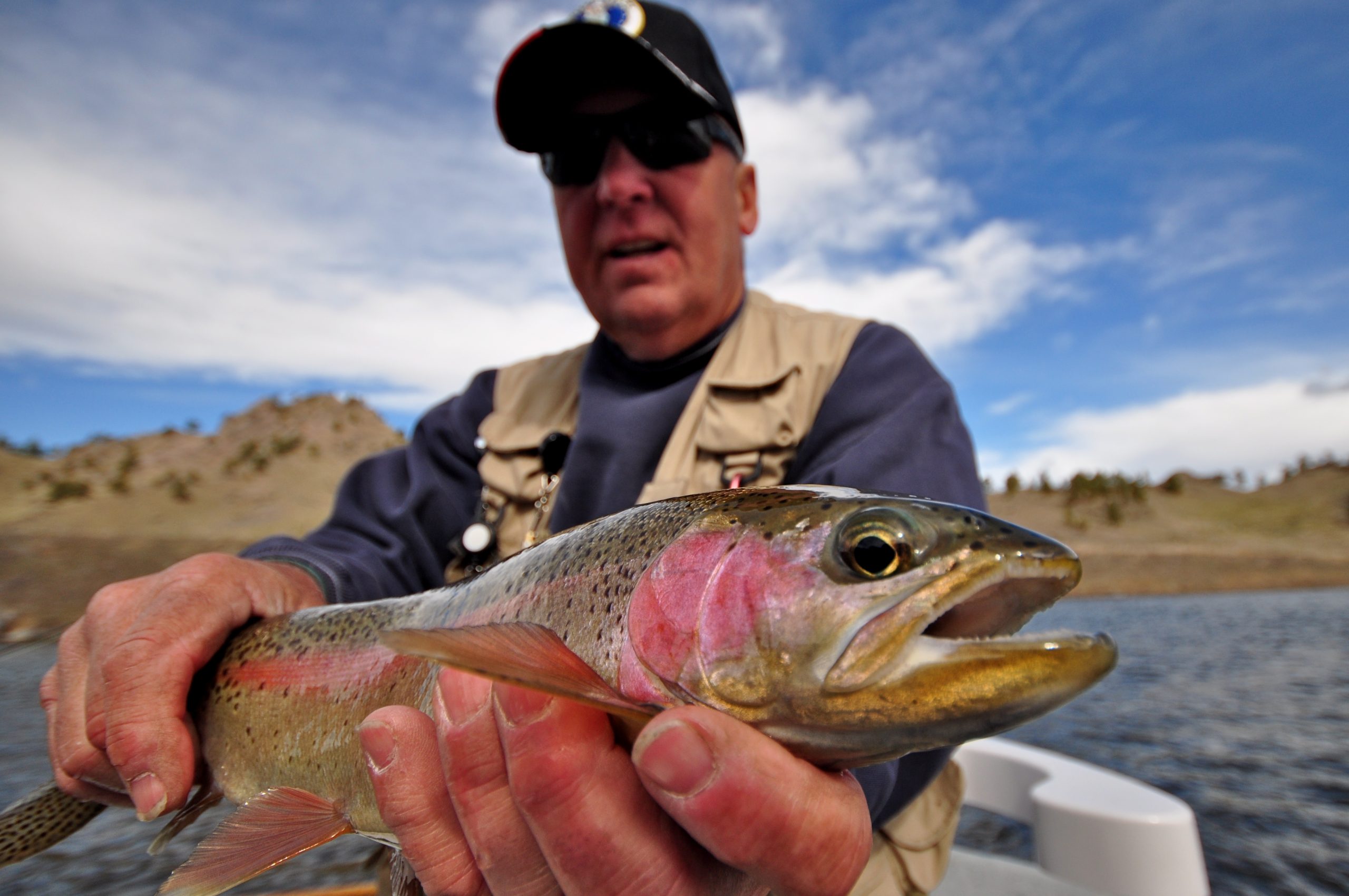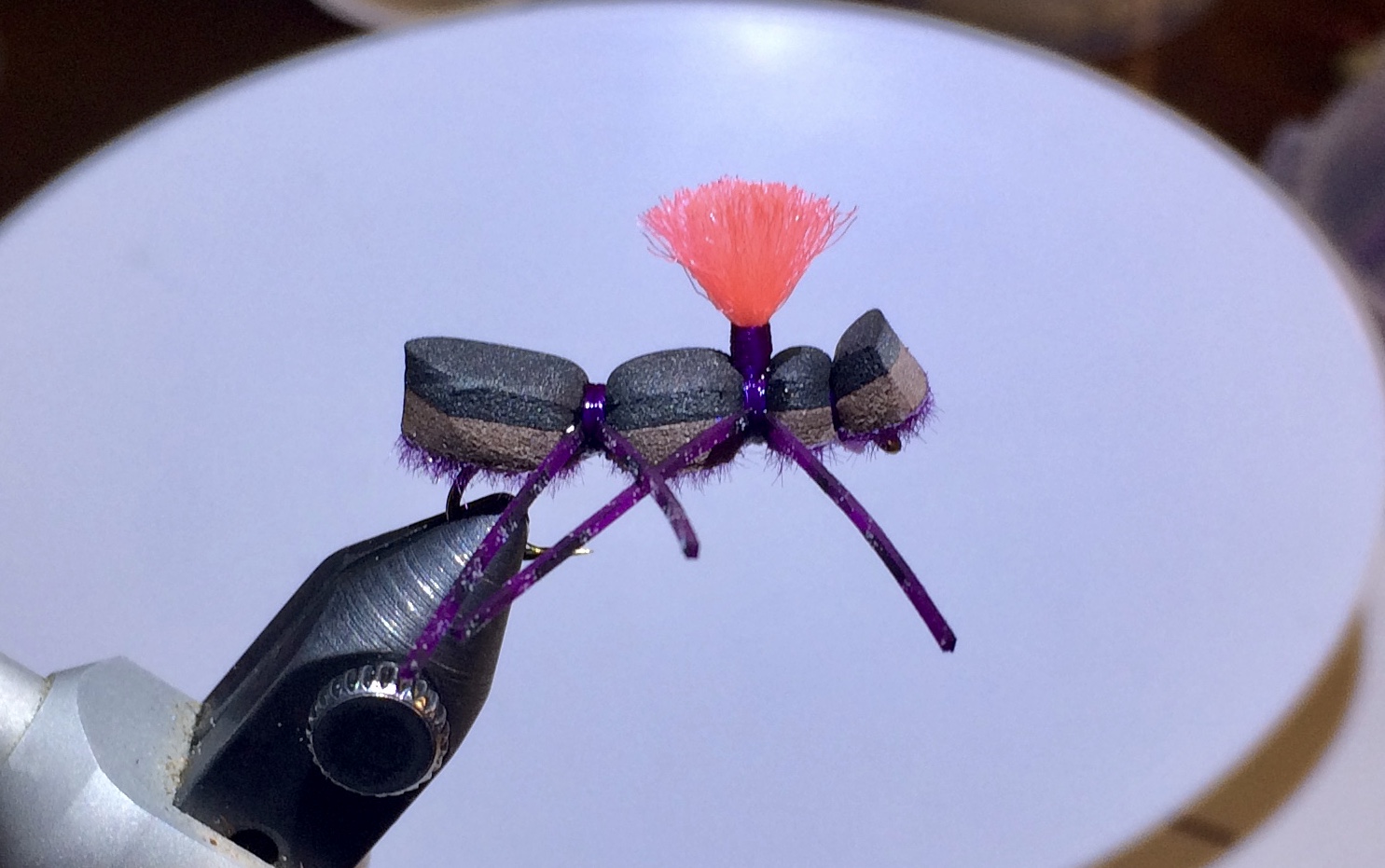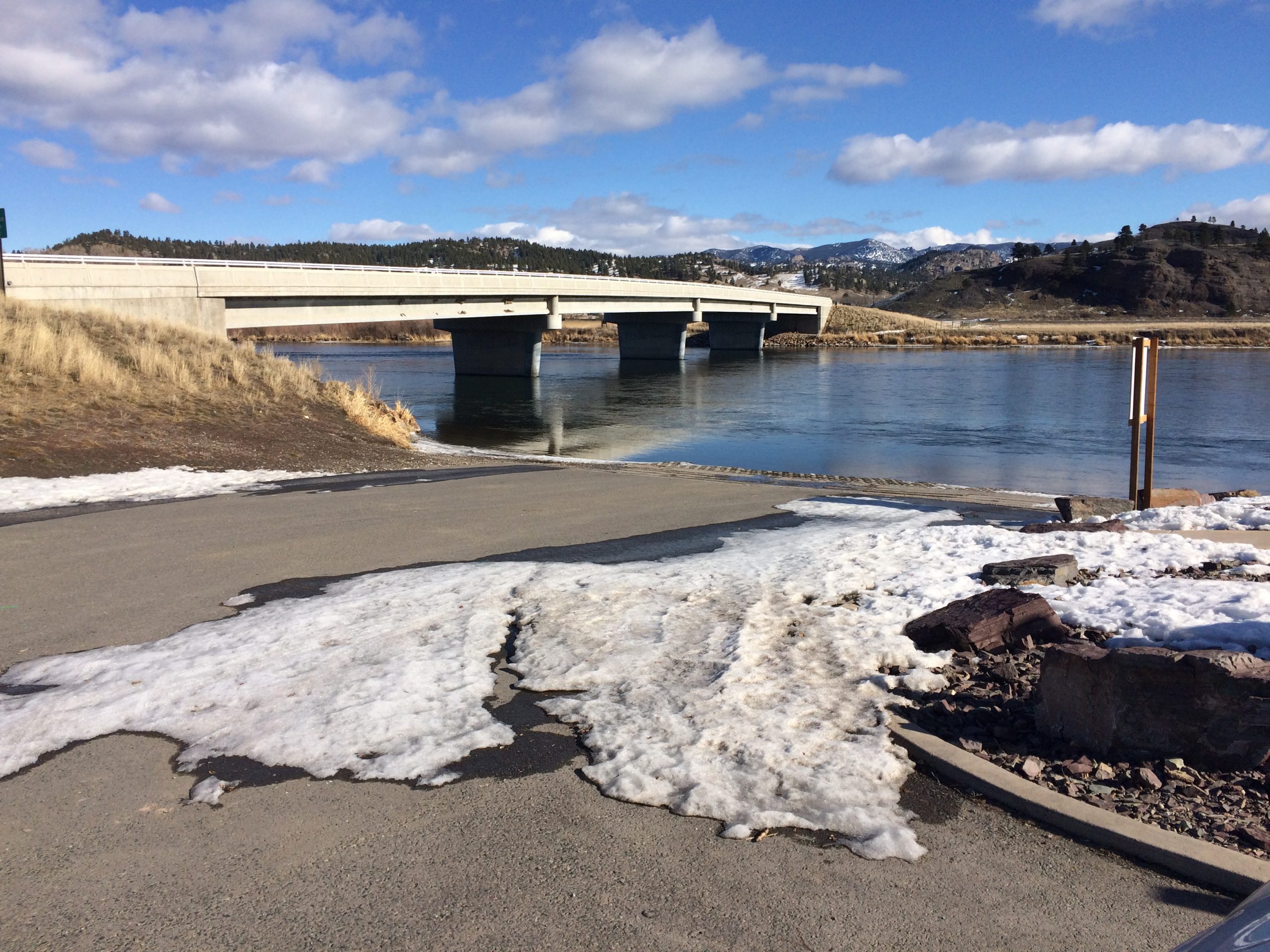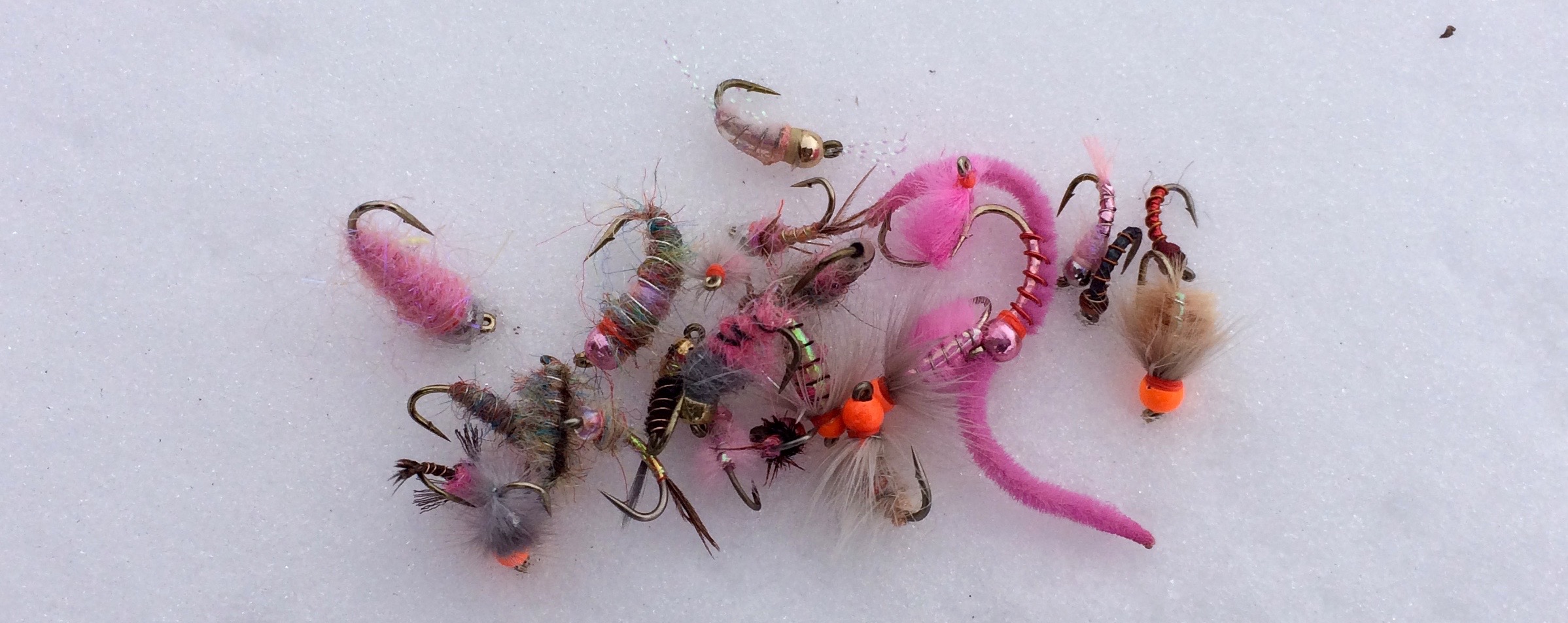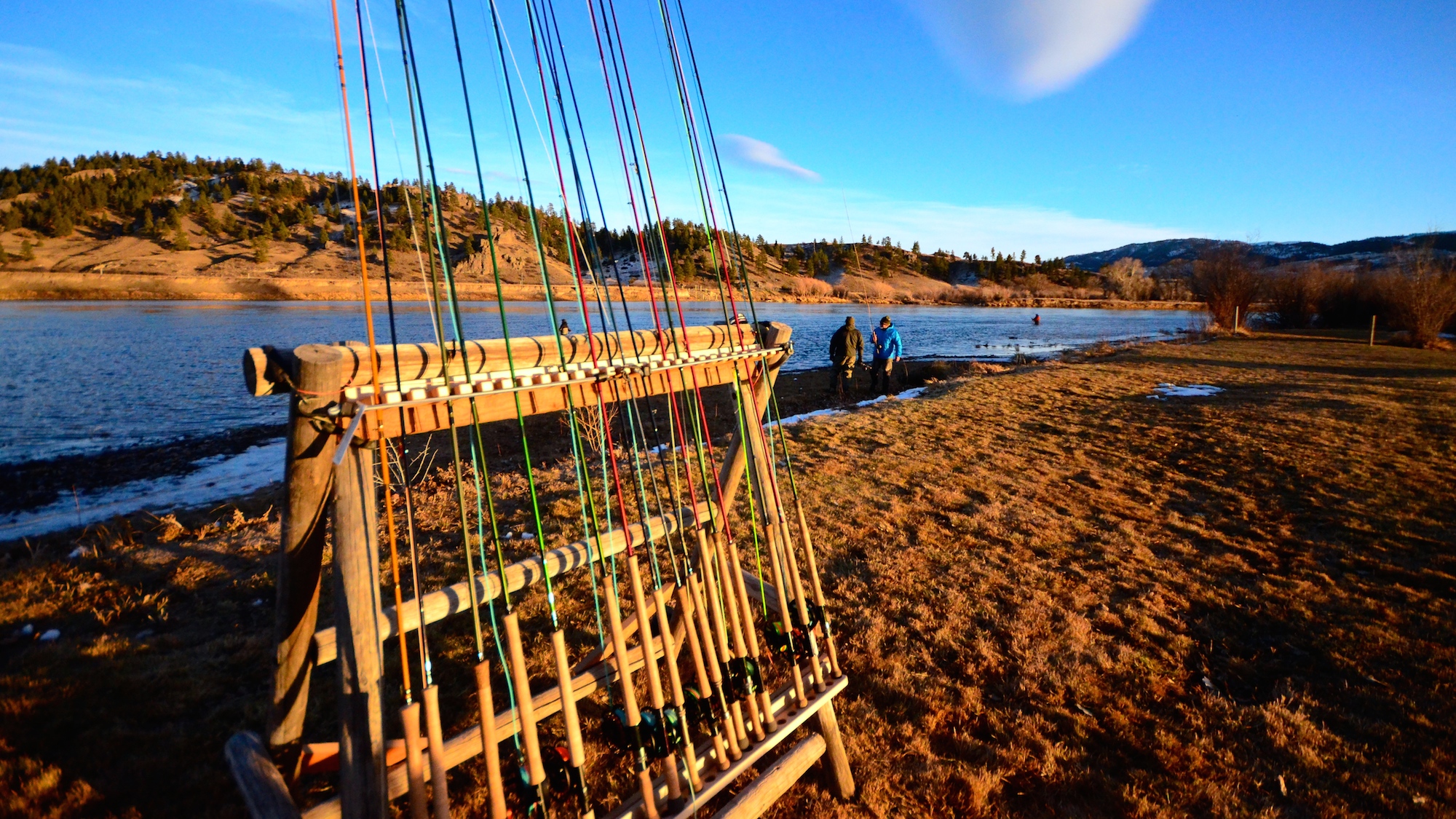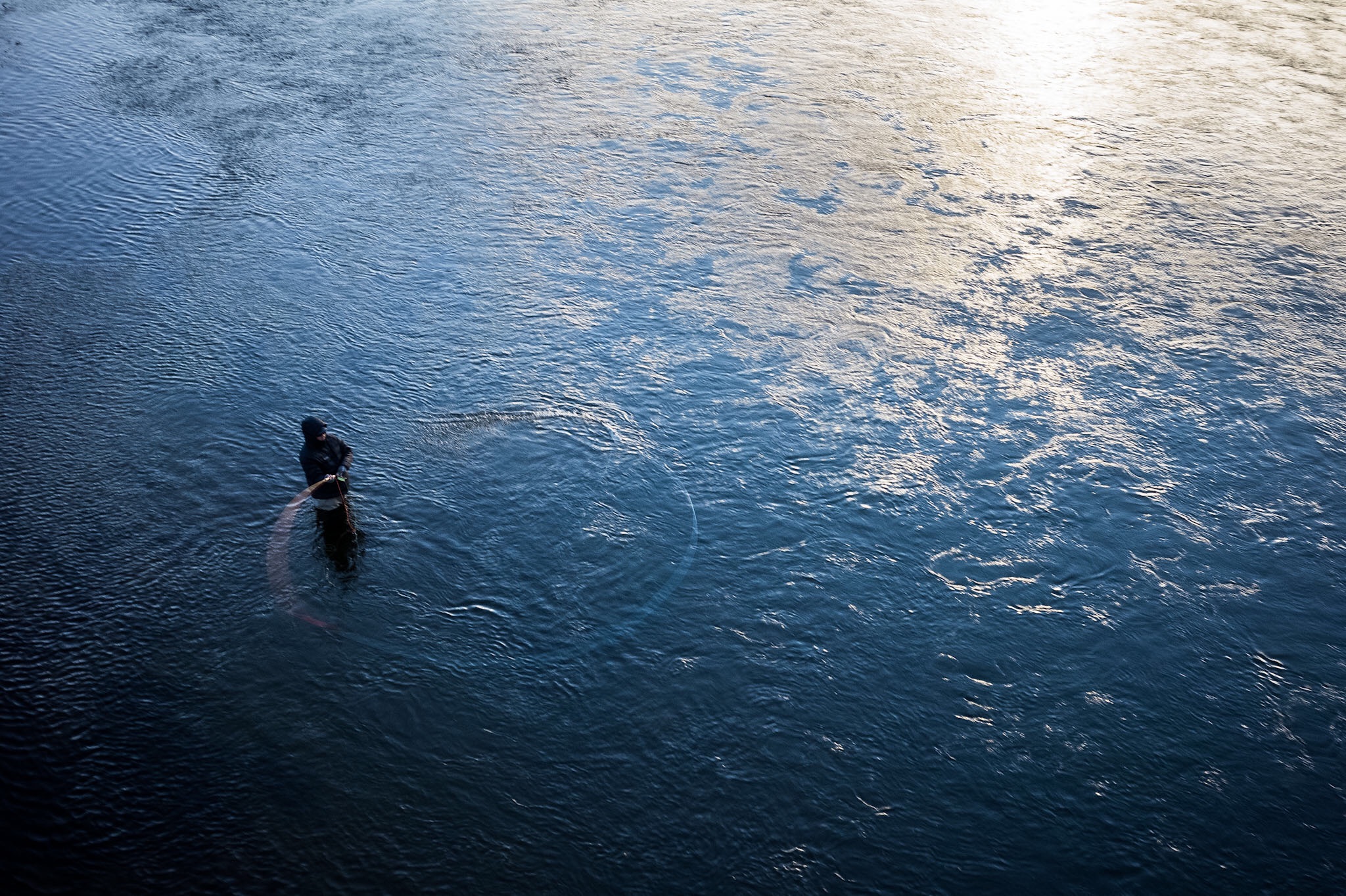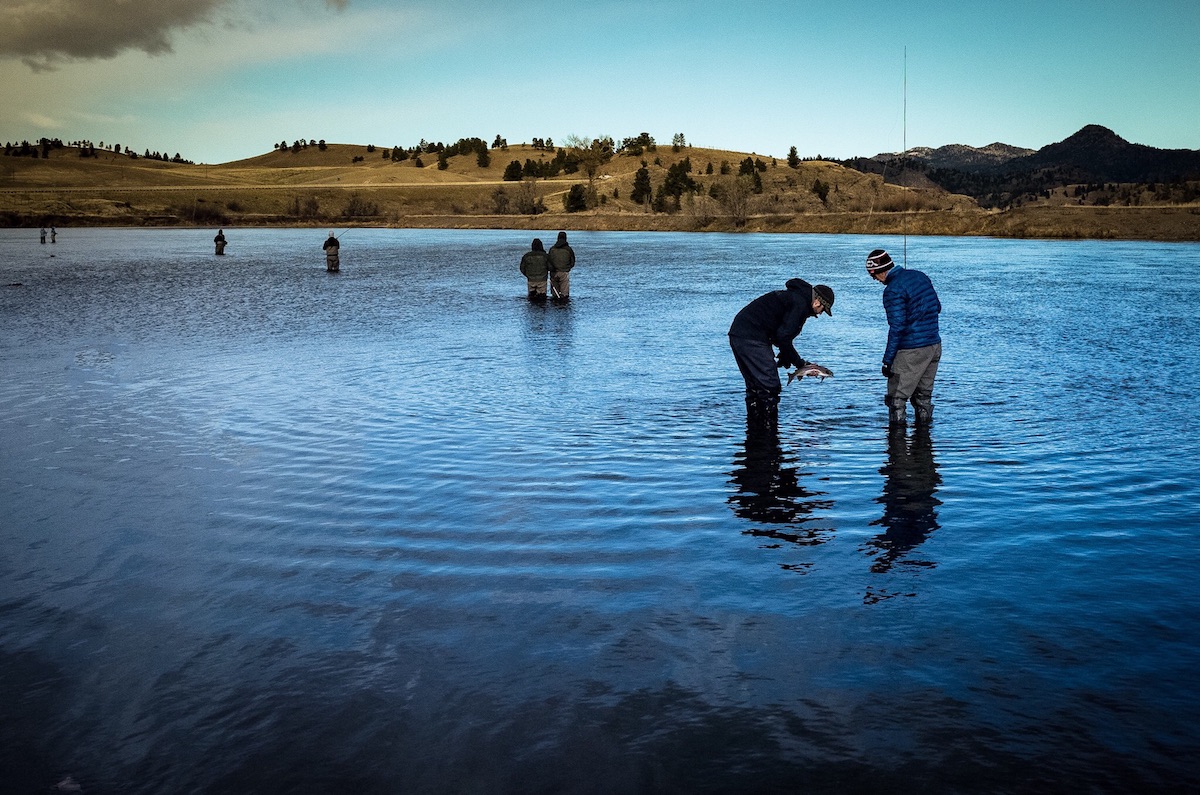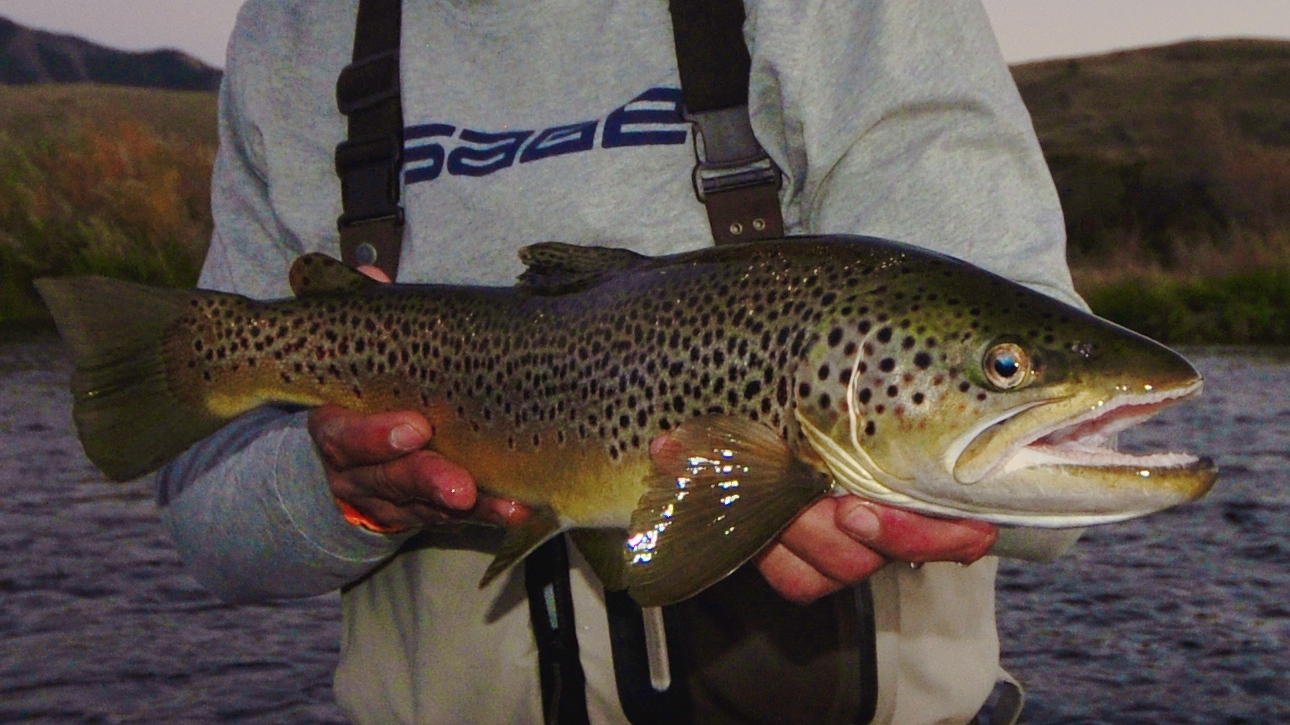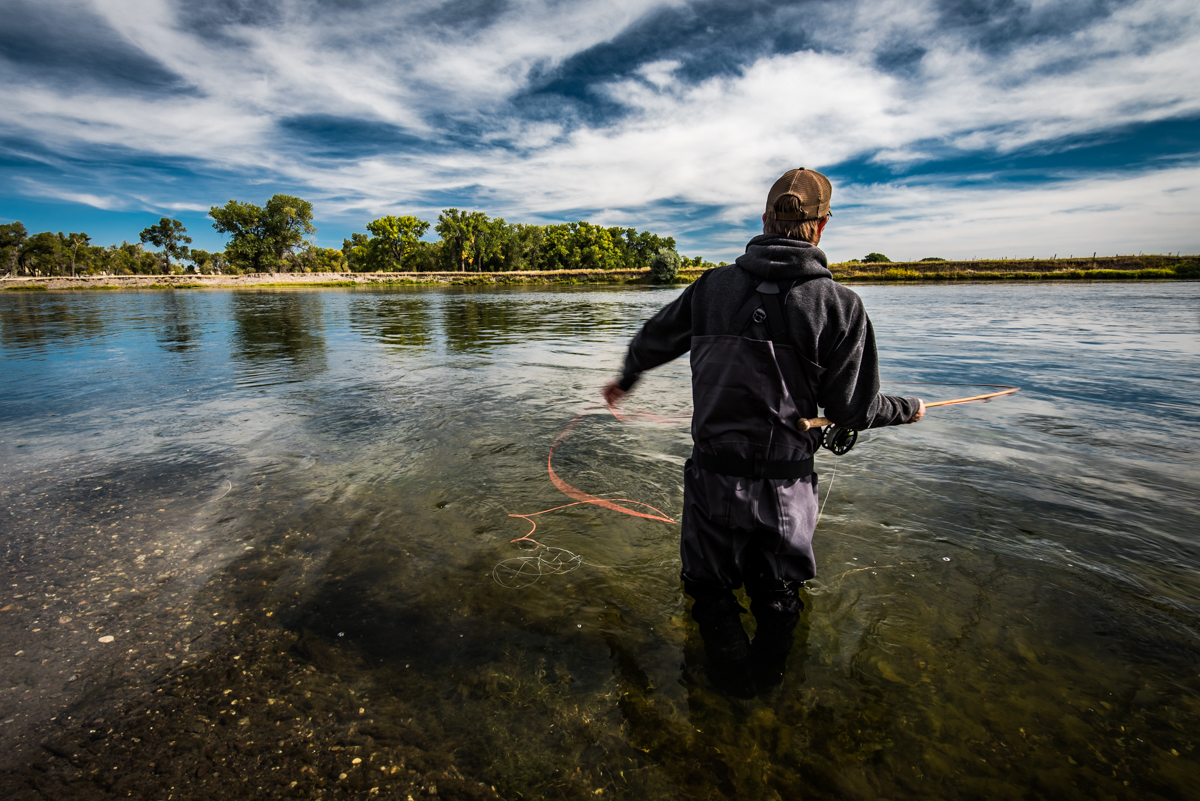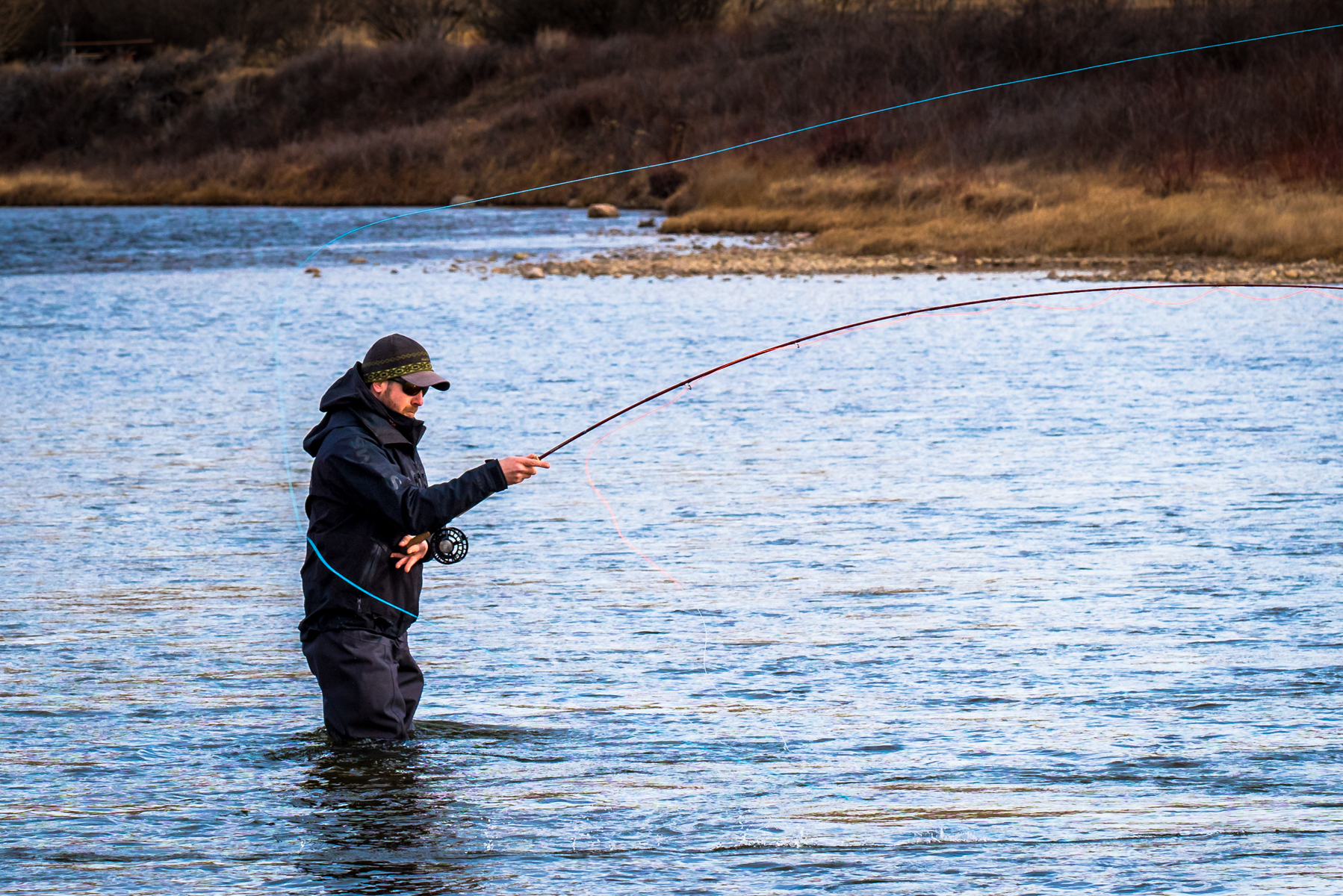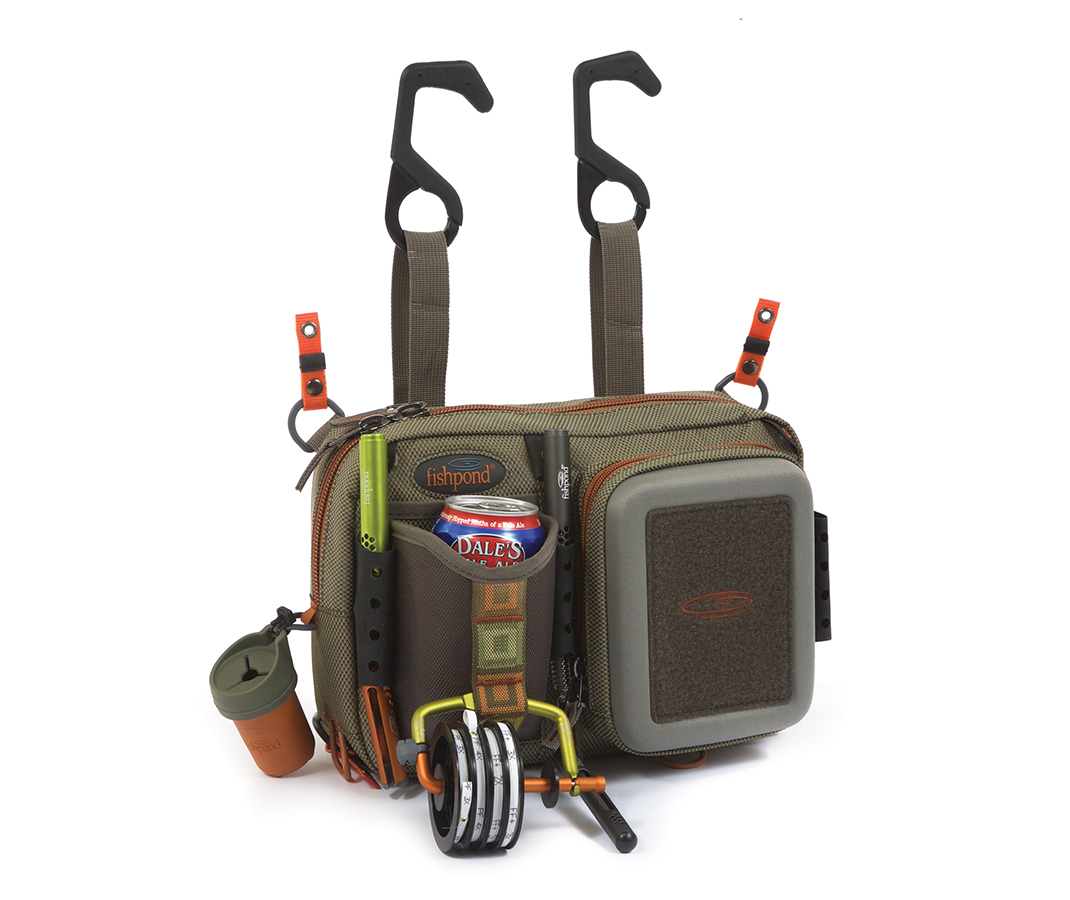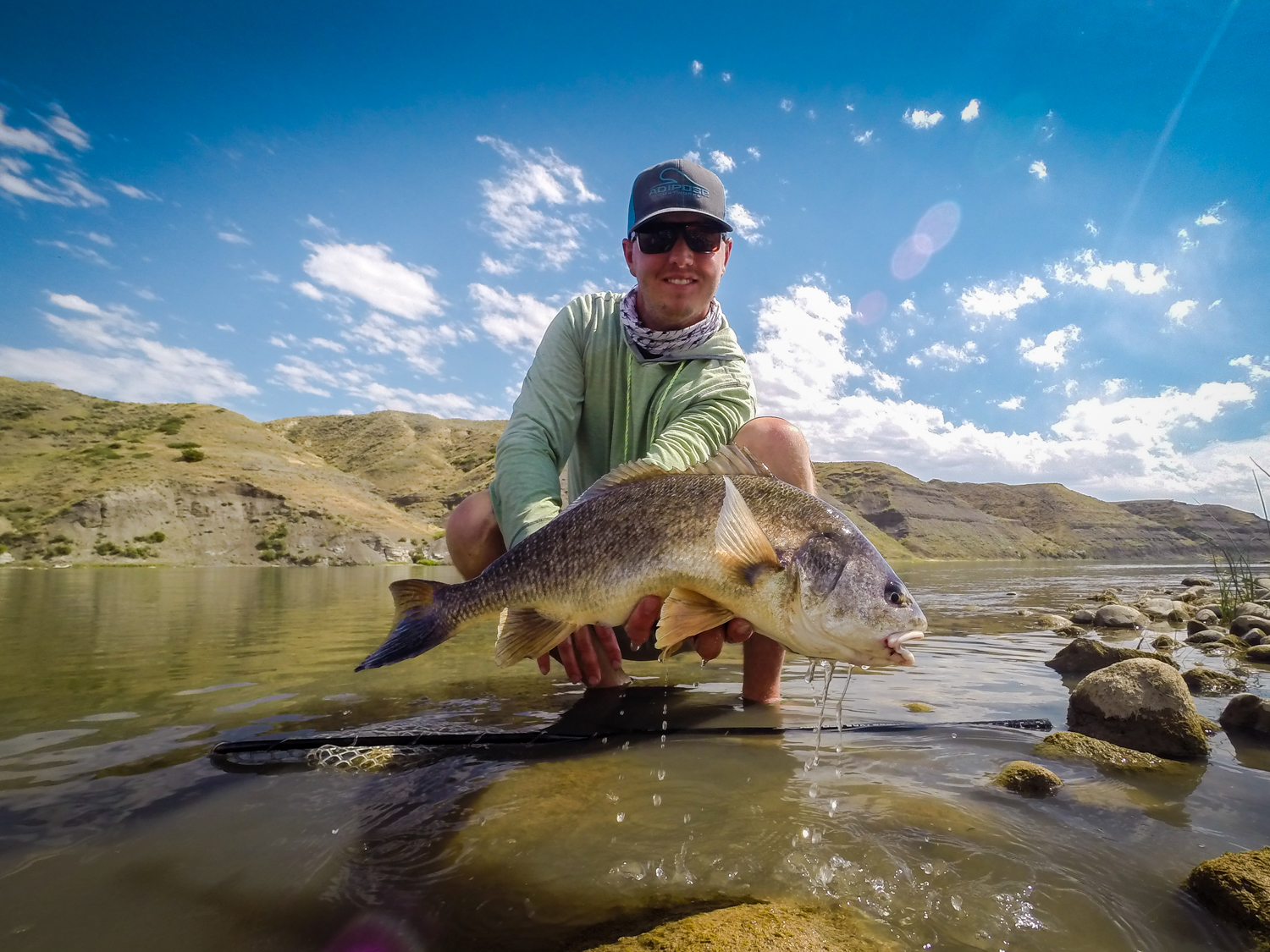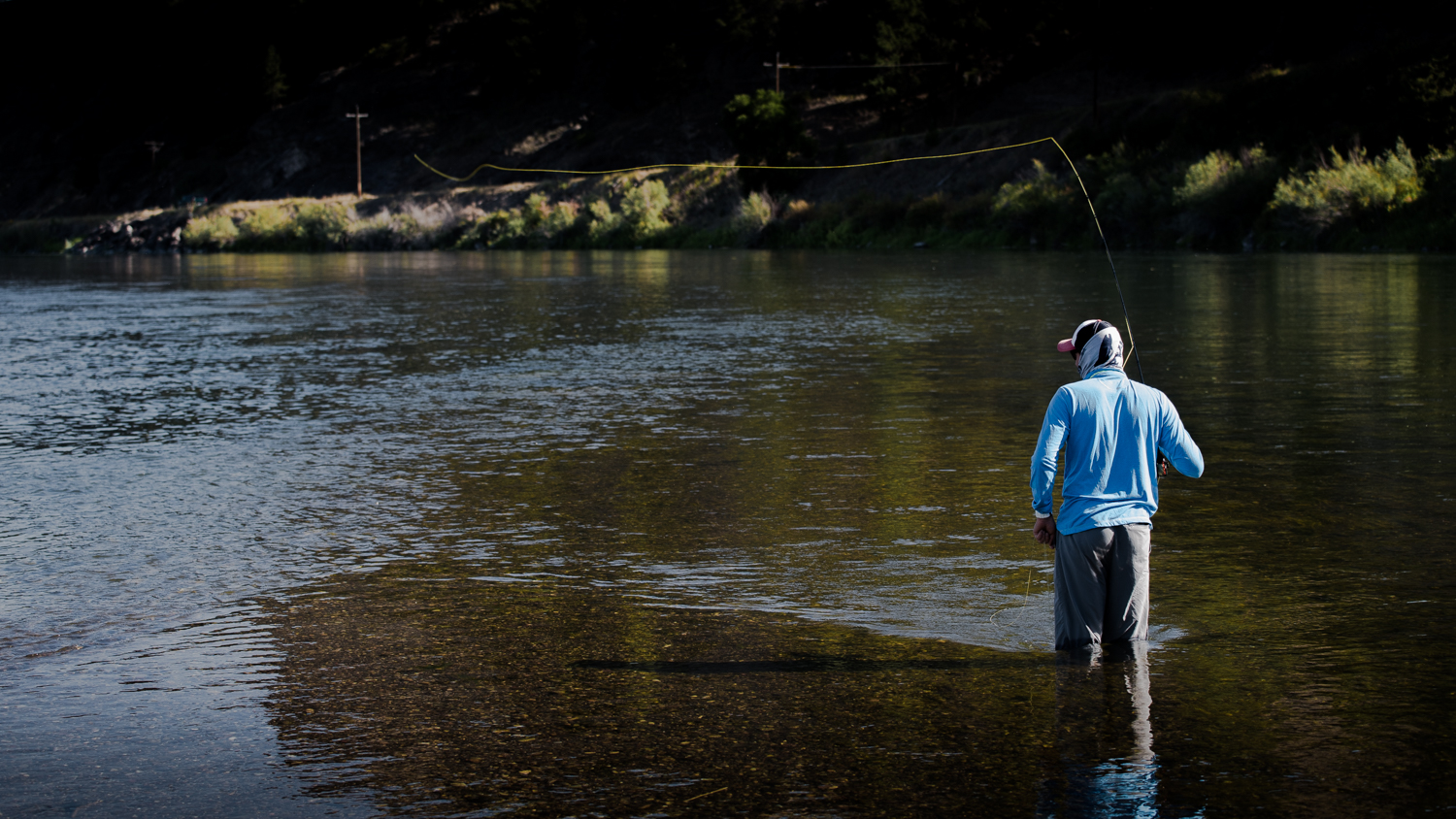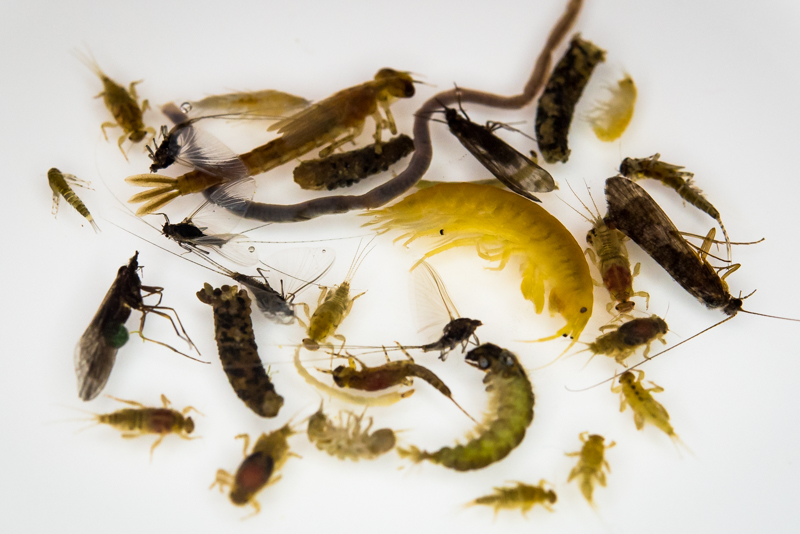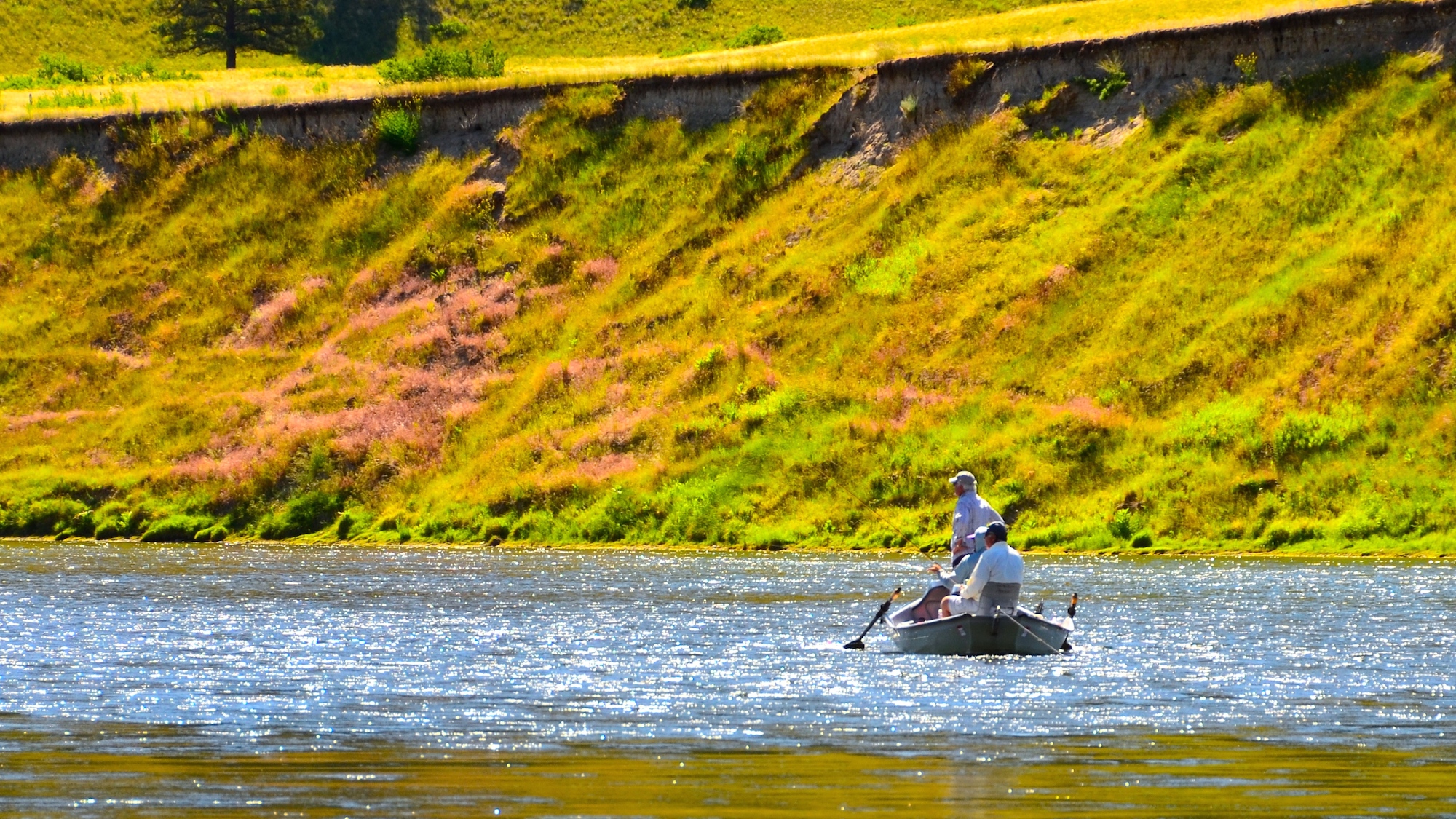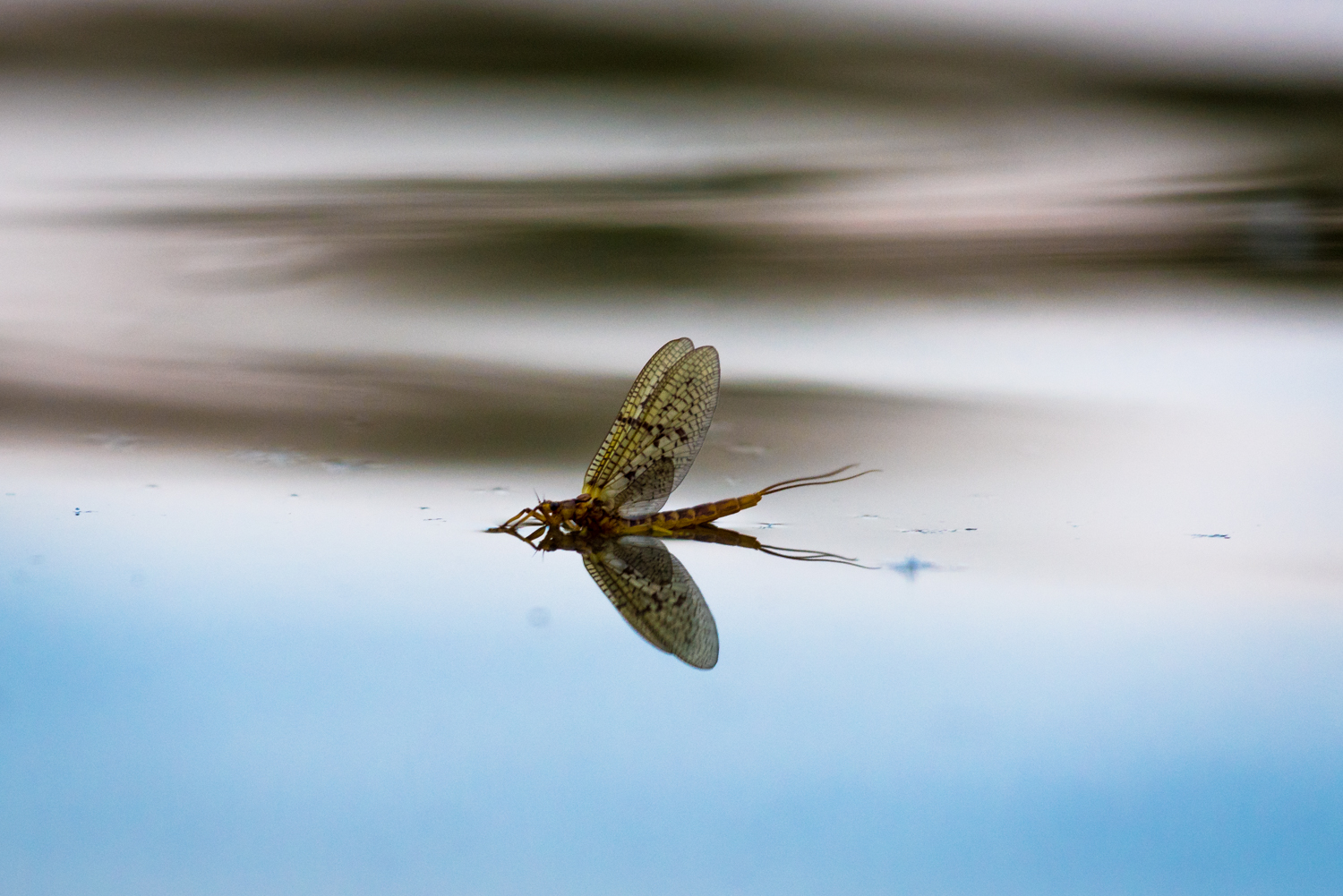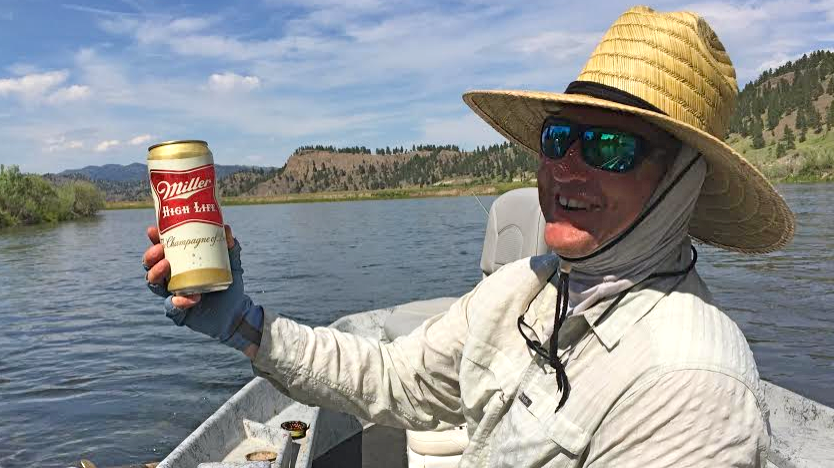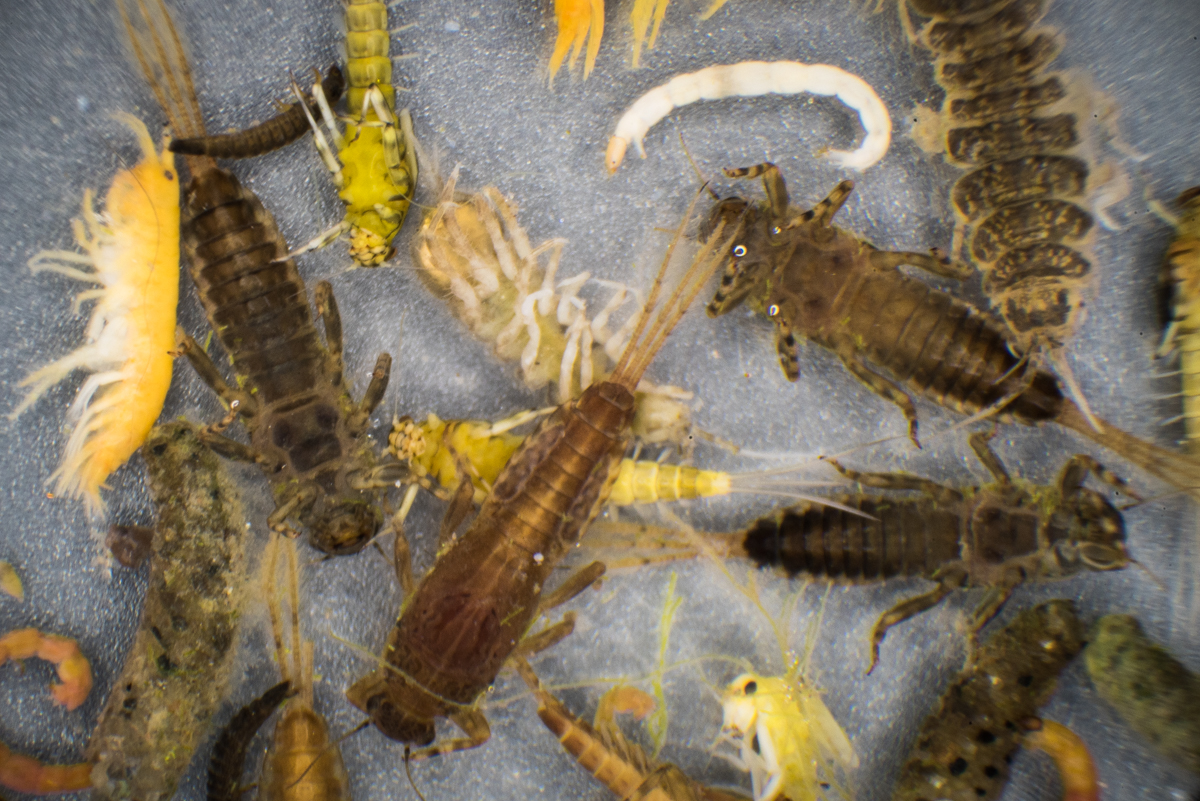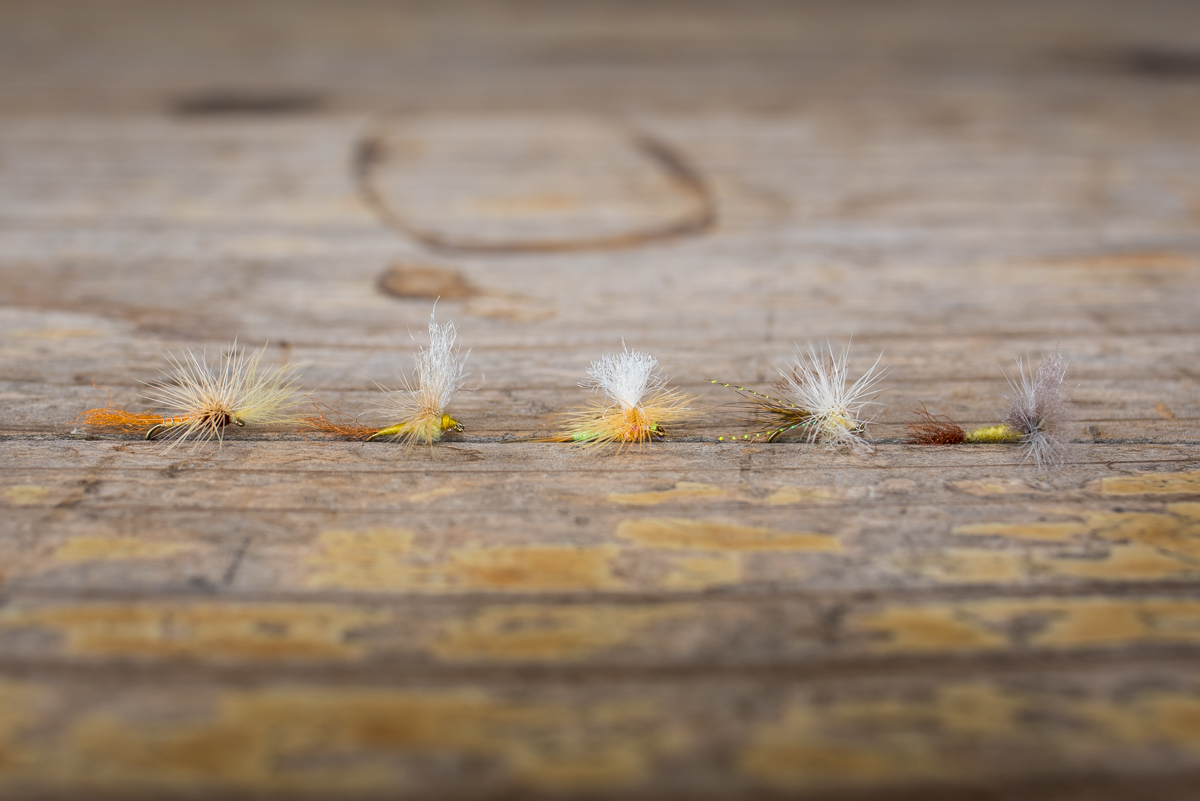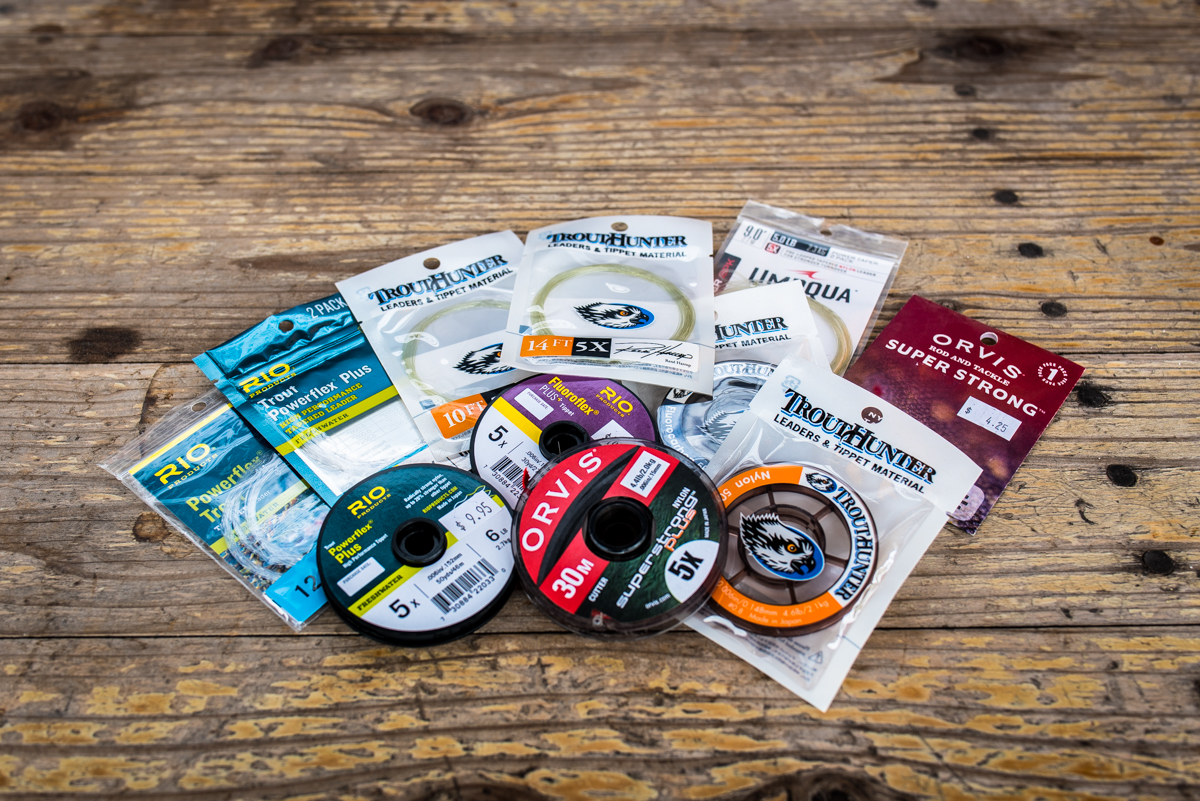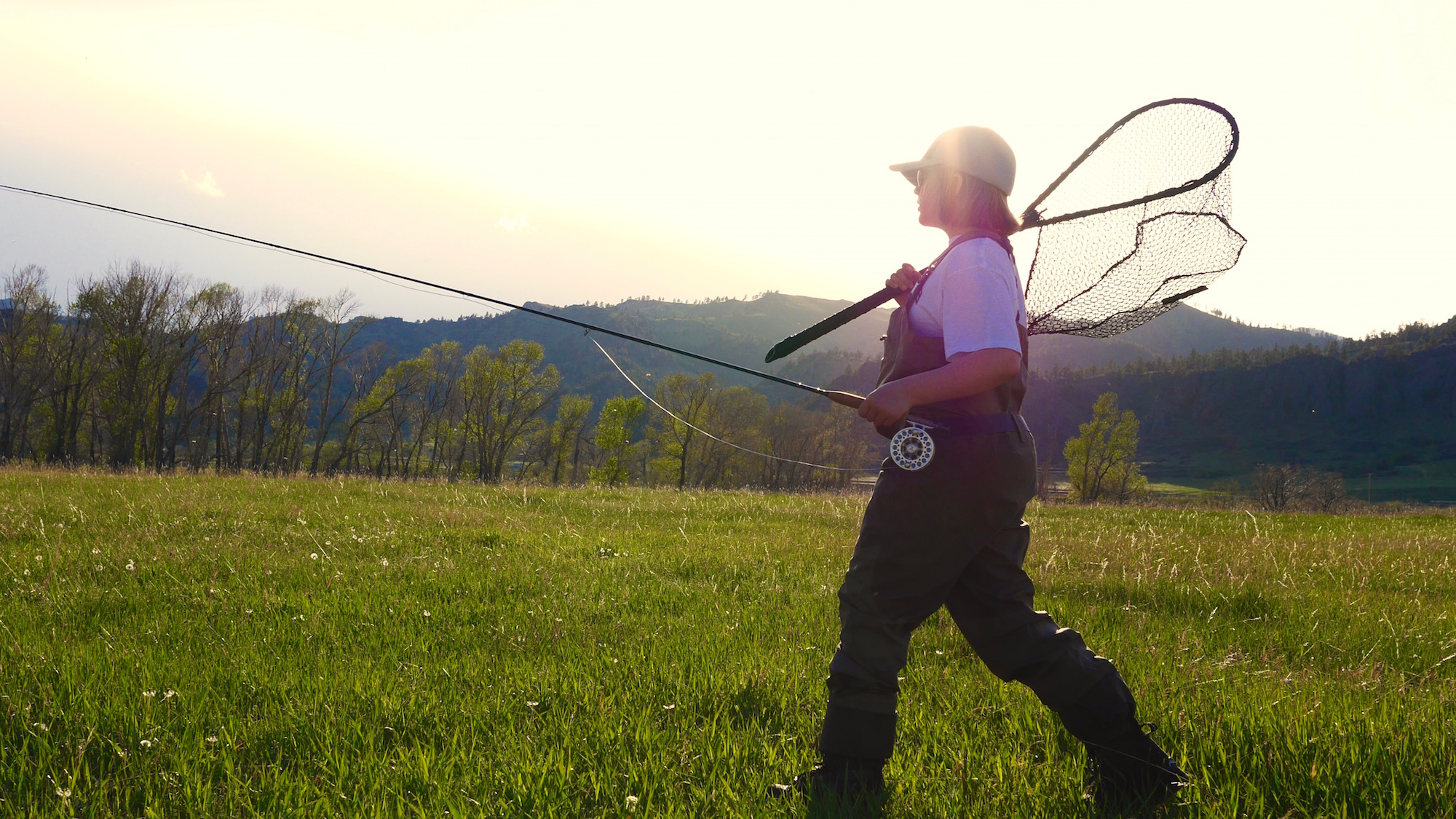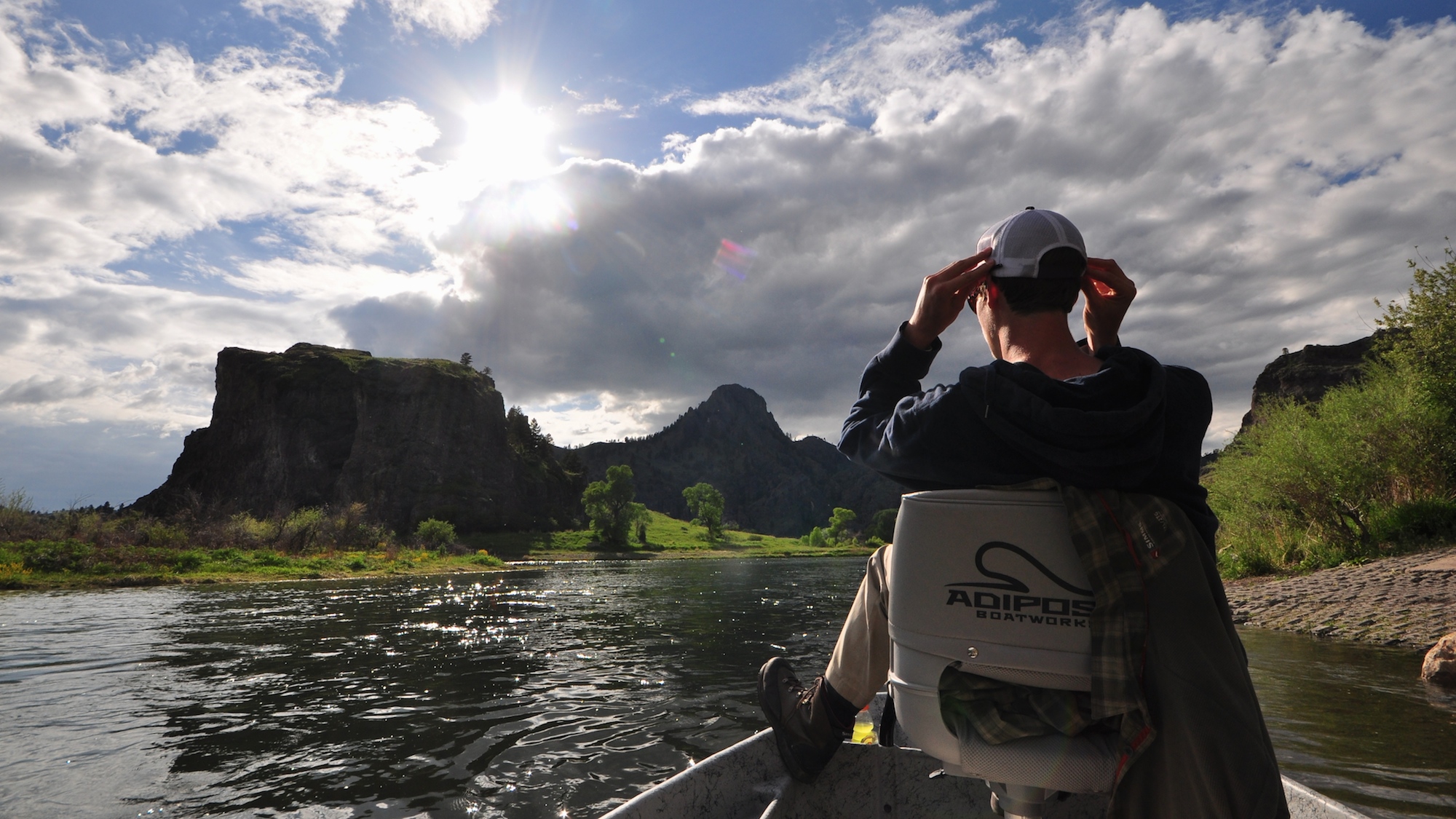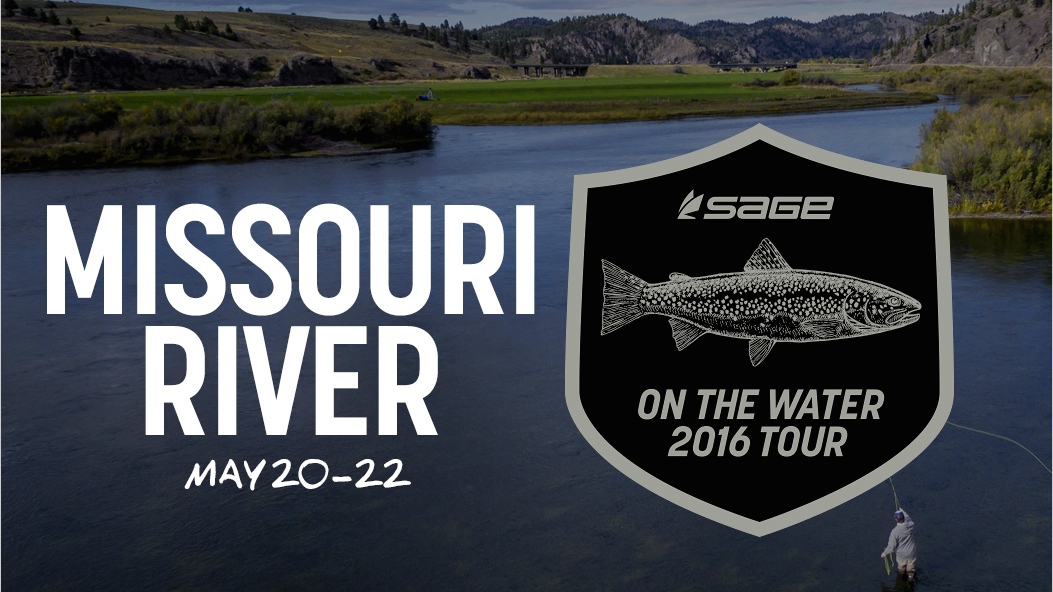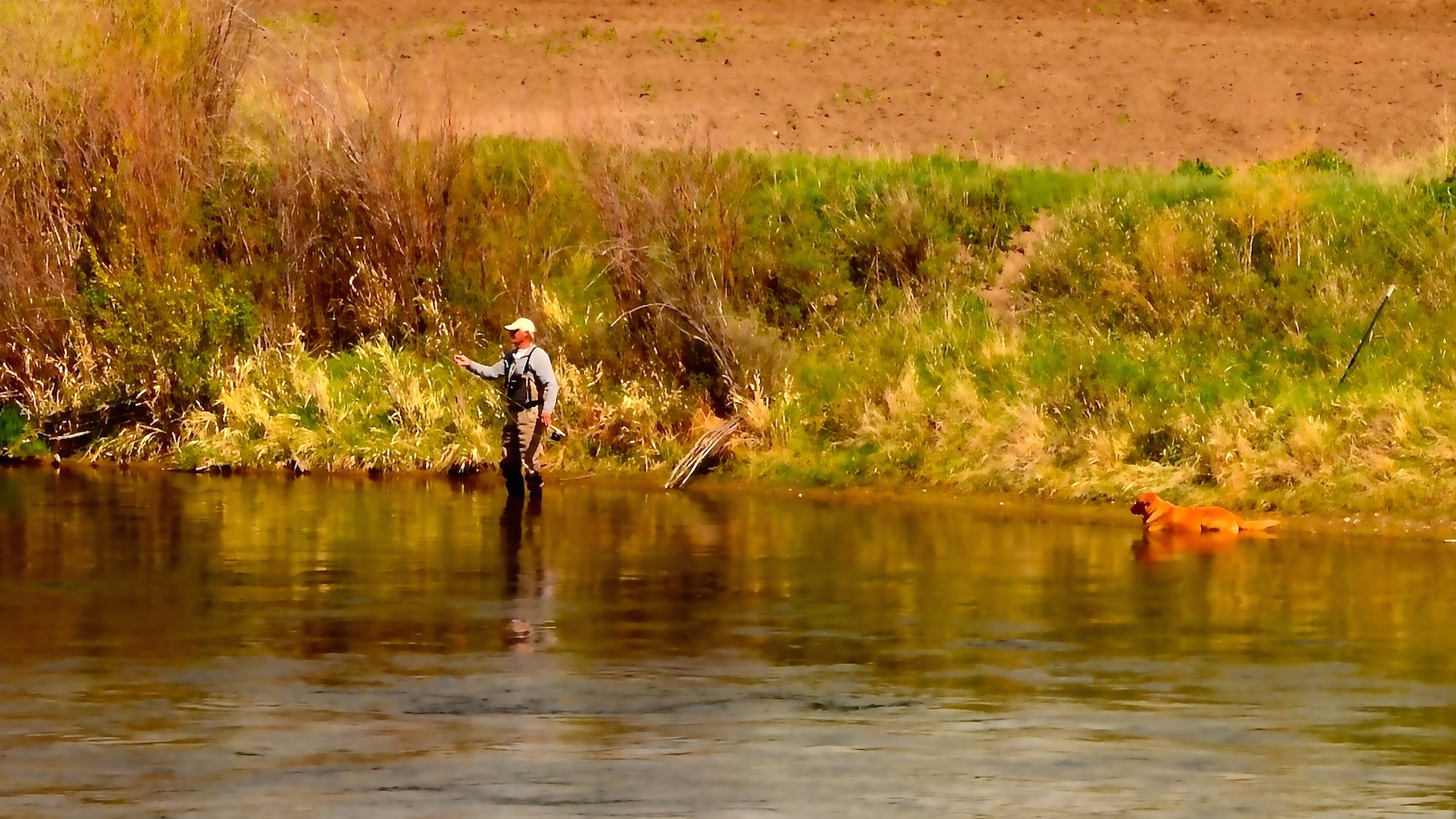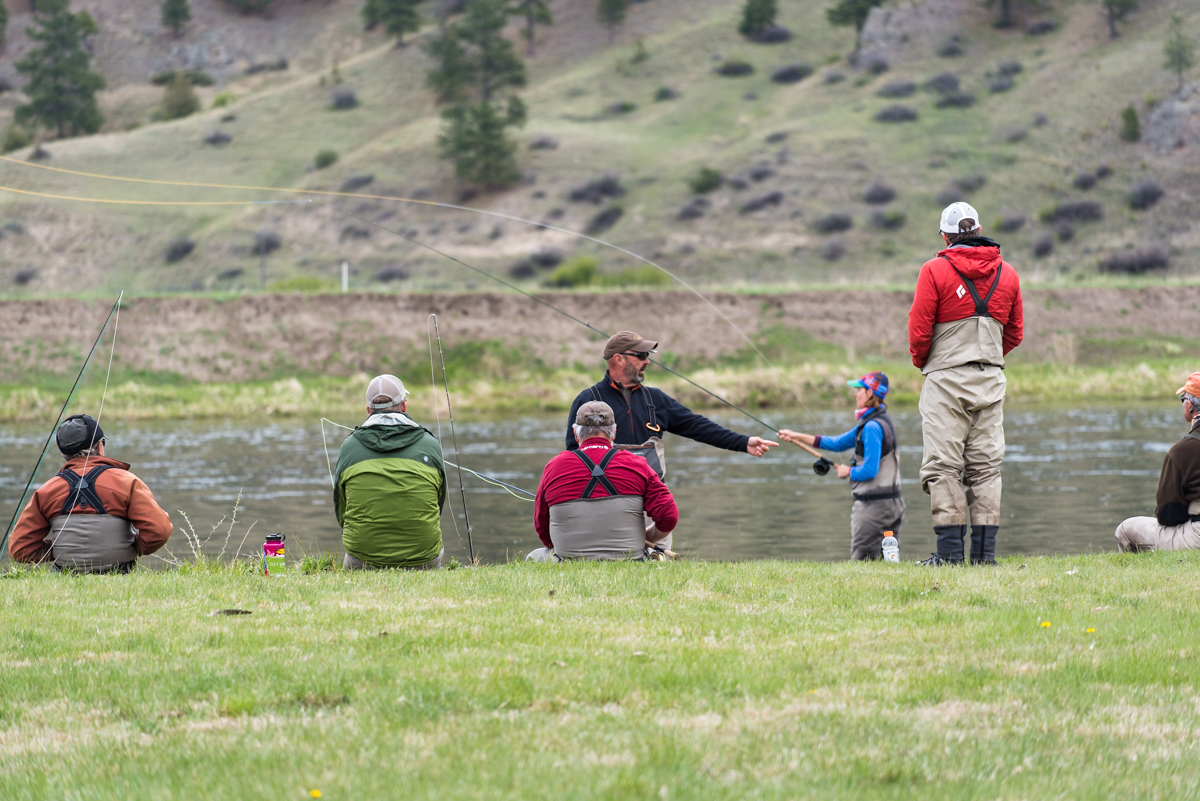[vc_row][vc_column][vc_column_text]Some high-tech dry fly fishing is just around the corner here on the Missouri River, and a little discussion about leader design and tippet length is in order.
The leader can be the most important element to any dry fly rig. For most anglers it’s the weakest link (though we see some awful ratty fly lines as well). Leaders can also create quite a discussion in the shop, and many misunderstand how “factory” leaders are designed and how best to use them. If you build your own leaders, you can stop right here. This will all be information you figured out long ago.
I’ll skip to the end by asking a question:
Q: How much tippet do you use when you are technical dry fly fishing? (We’re talking long leaders, 5X, PMD’s Trico’s Etc.).
If you’re answer is less than 3 feet – and most anglers I see are using less than 2 – you’re really hurting yourself when targeting flat water trout on the Missouri, Henry’s Fork, Silver Creek, etc. I generally use 3 – 5 feet of tippet on technical flatwater fisheries. Hopefully my tippet is “invisible” to the trout, and I want that invisible section to be as large as possible.
Long tippets also land softer, allow a small fly to drift more naturally, mend with less disturbance and – depending on brand and material – may increase the amount of stretch or “shock absorption” in your leader (generally a good thing).
I am often amazed at the length of tippet I see on customers rods, especially when combined with a longer than 9 foot leader. I commonly see folks come in the shop with less than a foot of tippet. This person is often coming in asking why the fish won’t eat the fly we recommended. It’s also the same guy who ties 5X to 1X with some kind of sailboat knot.
Other customers worry about and debate the length of the factory leader to buy, yet don’t give any though to how long the “tippet” section of that factory leader is. I’ve only been asked how long the ‘factory” tippet section is a few times in my life. The general answer to that question is – not long enough!
I always add tippet to my leader (yes, even brand new ones), and I don’t know any proficient technical dry fly anglers who do not. And while some folks think it’s ridiculous that I add 4 feet of 5X to my 9′ leader, I know guys who add 6 feet or more. Just depends on their personal experience and the situation they are presented with.
Let take a look at how factory leaders are tapered. I’m speaking very generally here. A long time ago, they were built on some kind of 30/30/30 variation (33% butt, 33% taper, 33% tippet). They looked something like this:[/vc_column_text][us_image image=”18869″ align=”center”][vc_column_text]These leaders didn’t cast great at longer distances or push big flies into the wind, but they actually did have enough tippet built into them to use. The rods and lines of 20-30 years ago weren’t going to get out there as far or as fast either.
Then some genius figured out that like a fly line, you could build more aggressive tapers into leaders and make them perform better at distance and in the wind. They started to look more like a 50/25/25 design:[/vc_column_text][us_image image=”18871″ align=”center”][vc_column_text]These new designs coincided with the popularity of large, wind resistant foam attractors, ginormous streamers, and the double nymph rig. They were needed. While turnover, speed, accuracy and power were all achieved, something had to give. And what gave was the amount of tippet, as manufacturers apparently want to keep the leaders at a 9′ standard (I assume this is based on the 9’ fly rod?)
I am now starting to see leaders that appear to have a 60/30/10 design, or what I think of as “tippet-less” leaders. They are incredibly powerful and will turnover flies that formerly required an 8 weight. But they literally have no tippet and look something like this:[/vc_column_text][us_image image=”18884″ align=”center”][vc_column_text]OK, they do have a little bit of tippet on the end, but to me it’s really a short “attachment” section. These powerful leaders will turn over a very long tippet (much longer than the old 30/30/30 leaders), and I view them as a starting point. I am always going to add some tippet to my leader. I generally buy these tapered to one size larger than my intended tippet (I’ll buy a 9′ 4X and add 5X).
I’m not criticizing manufacturers. I’ve always added tippet, and these new “power-tapers” turn over long tippets much better than a 1990 leader. I love the performance, but for technical dry fly fishing adding tippet is a must. I am also more confident in my tippet spool than whatever mystery tippet is on the end of that factory leader.
The good news is that these newer tapered leaders are great for guys like me. I can add as much tippet as I want and they will still perform. The bad news is that they have so little tippet built in that they are virtually unusable out of the package. I would use them out of the box in larger sizes (1X-3X) for floating line streamer fishing or high-water Salmonflies, but never for August Trico’s, or much else for that matter. I do not get the impression that many customers are aware of this. Bad on fly shops and manufacturers for providing so little information.
So when you’re thinking about your leader, don’t think about the finished length out of the package, think about the finished length after you add tippet. I am typically shooting for a leader in the 13-15 foot range, so I have no problem buying the 9′ standard and adding 4′-5′ of tippet. While I often fish leaders in the 15 foot range, I don’t buy them that long unless I’m shooting for that 20 foot leader.
Increased tippet length combined with proper presentations will result in more takes, and hopefully more fish in your net.[/vc_column_text][vc_column_text]
WHAT ABOUT TIPPET?
Another frequent and related conversation around the shop is centered around brand and type of tippet for technical dry fly fishing. Let’s start with type. Mono/Nylon vs Fluorocarbon.
I personally use nylon for most of my dry fly fishing. I like how limp it is, helping me get a good long natural drift. I also like the stretch when I’m into a good fish on light tippet. If I want it to sink I add a little sink agent like Xink. I made that choice years ago when Flouro first came to the market. Back then, it was way stiffer than nylon (too stiff), somewhat difficult to knot, and sank. You might argue that flies didn’t float as well then. I didn’t really need to help them sink. Some of that probably was – and probably still is – in my head.
I know many anglers today that use fluorocarbon for technical dry fly fishing, including the guys at Trouthunter who A. make one of the most popular fluorocarbon tippet materials, and B. live and fish on arguably the toughest dry fly fishing water around.
There is the argument that fluorocarbon sinks and doesn’t throw a shadow that fish will see. This is something that I often experienced when I began guiding on Silver Creek, ID many years ago. I’ve never found the Missouri River trout to be that sensitive to tippet, so I continue to roll nylon successfully. But if I fished on the Railroad Ranch daily I might have a different opinion. So do what you want, but I think this decision is more important than what brand.
As far as brand, I think it’s pretty tough to buy “bad” tippet these days. RIO, Scientific Anglers and Orvis have all introduced a new nylon/mono to the market this year, each touting theirs over the others. Trouthunter is excellent and one of the biggest sellers in our shop, especially among guides. They all seem pretty good to me. The most important thing – as stated above – is to use lots of it.[/vc_column_text][/vc_column][/vc_row]
